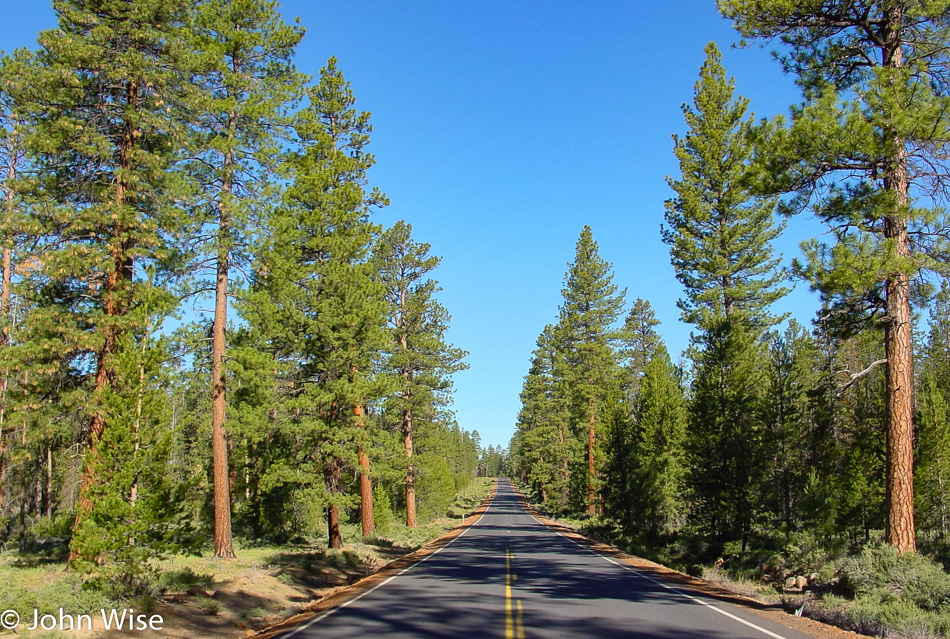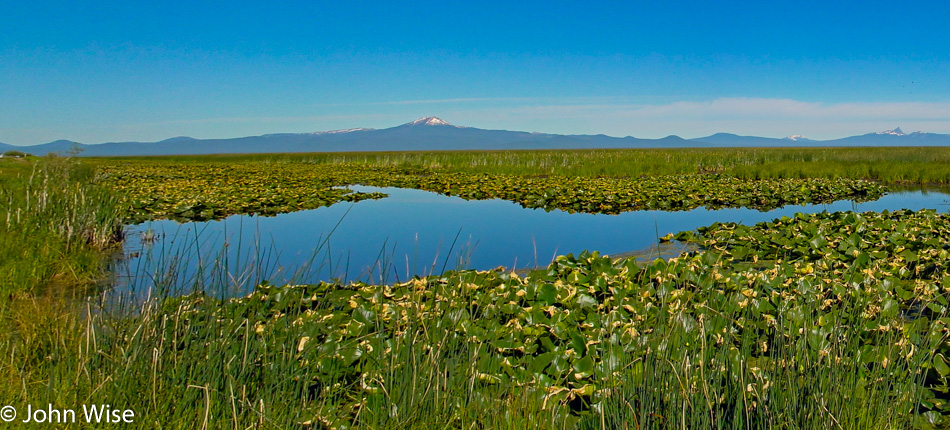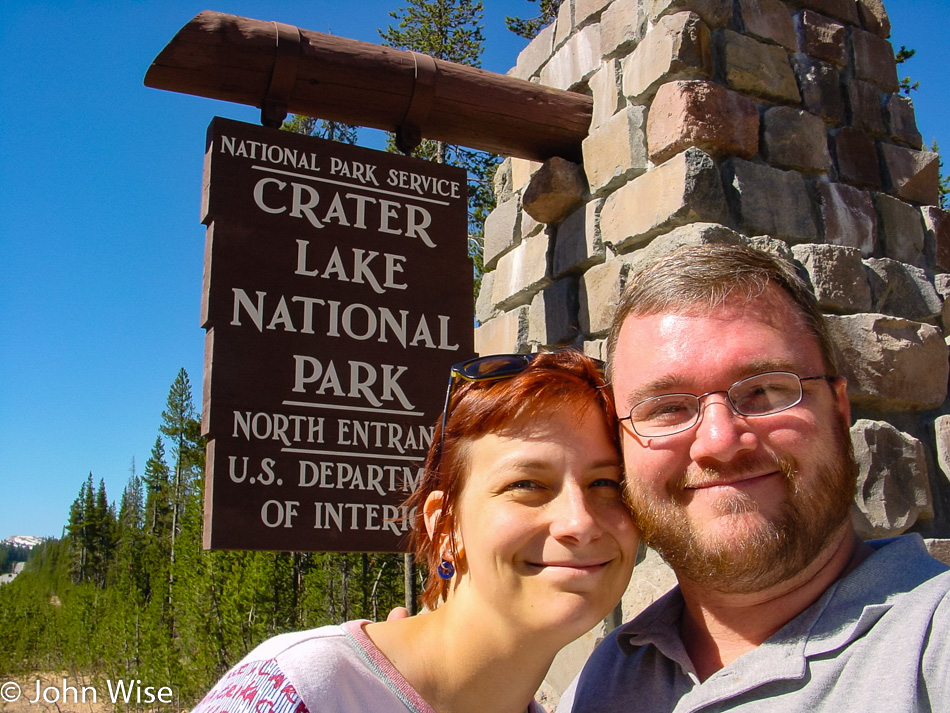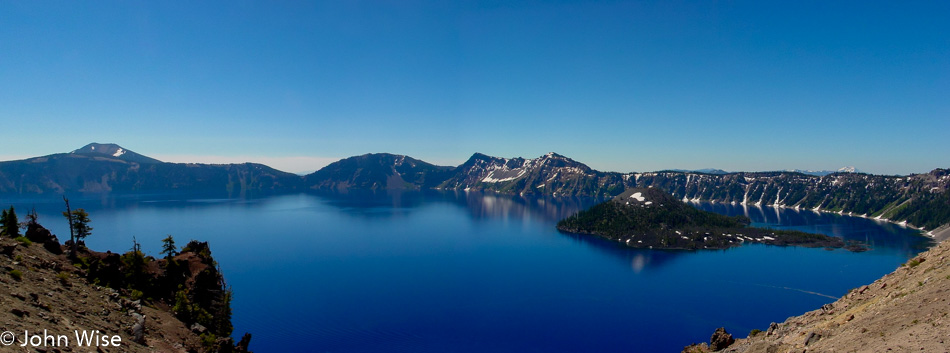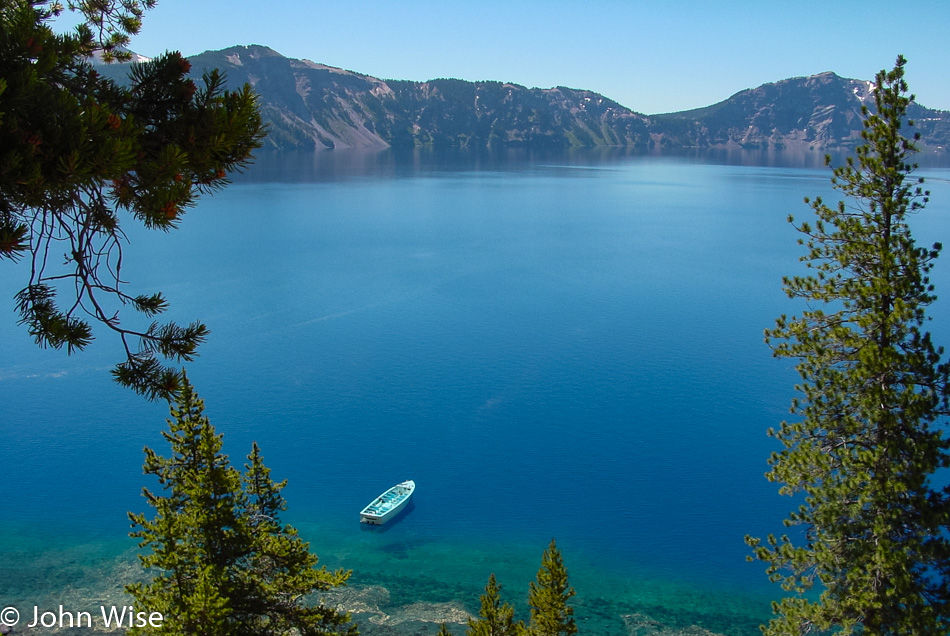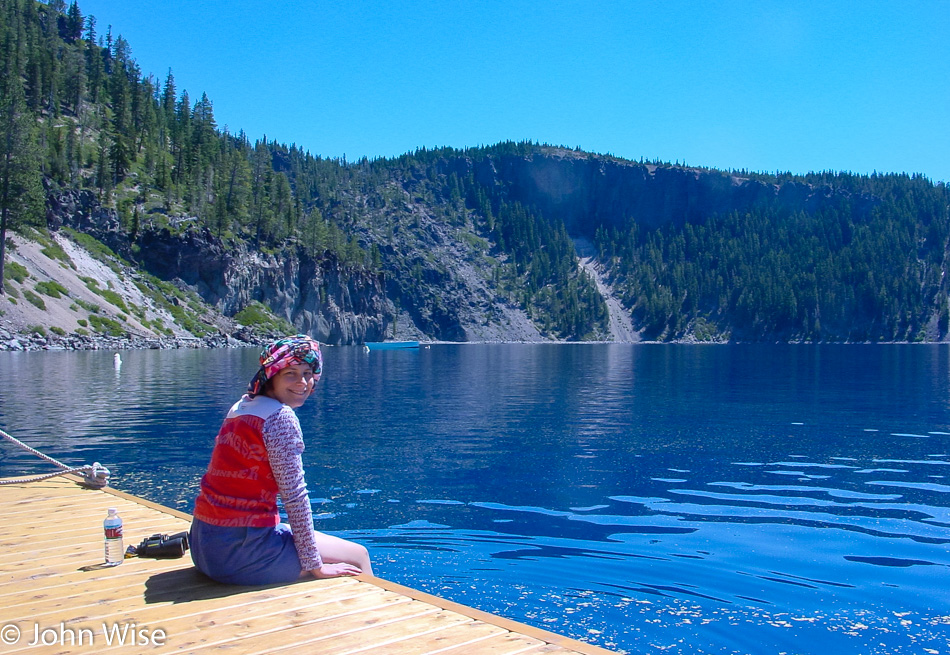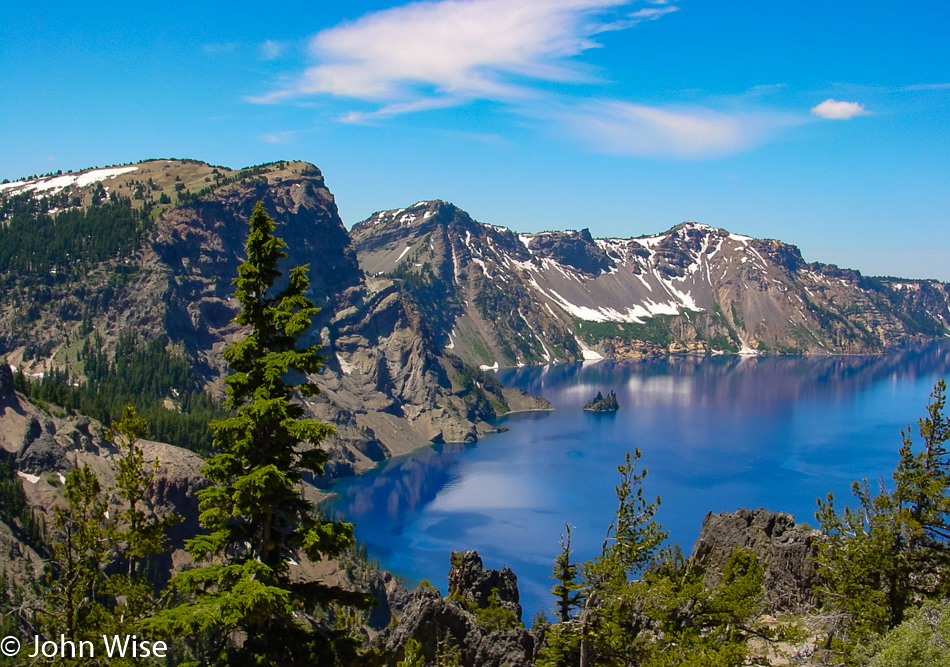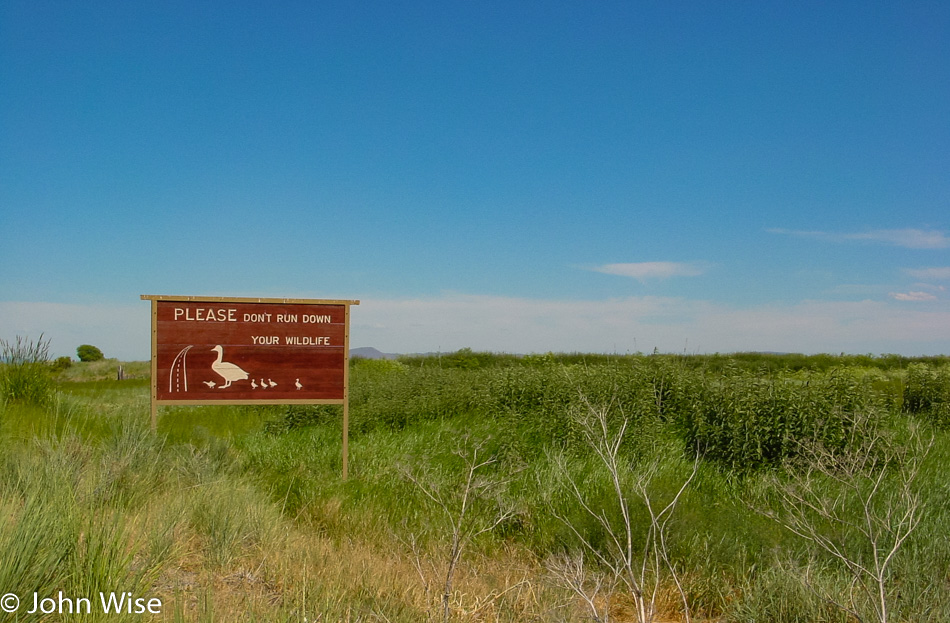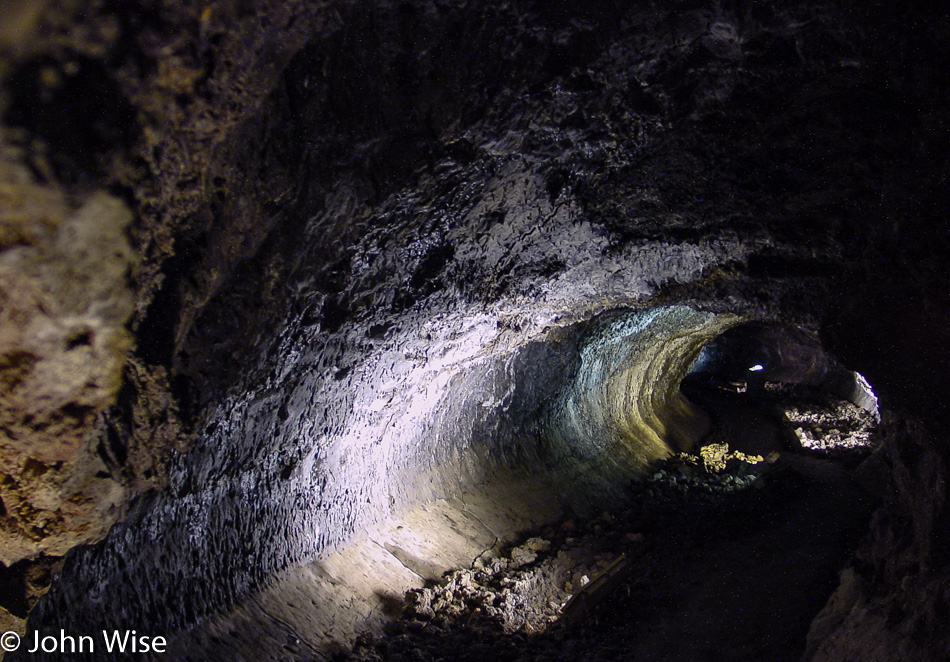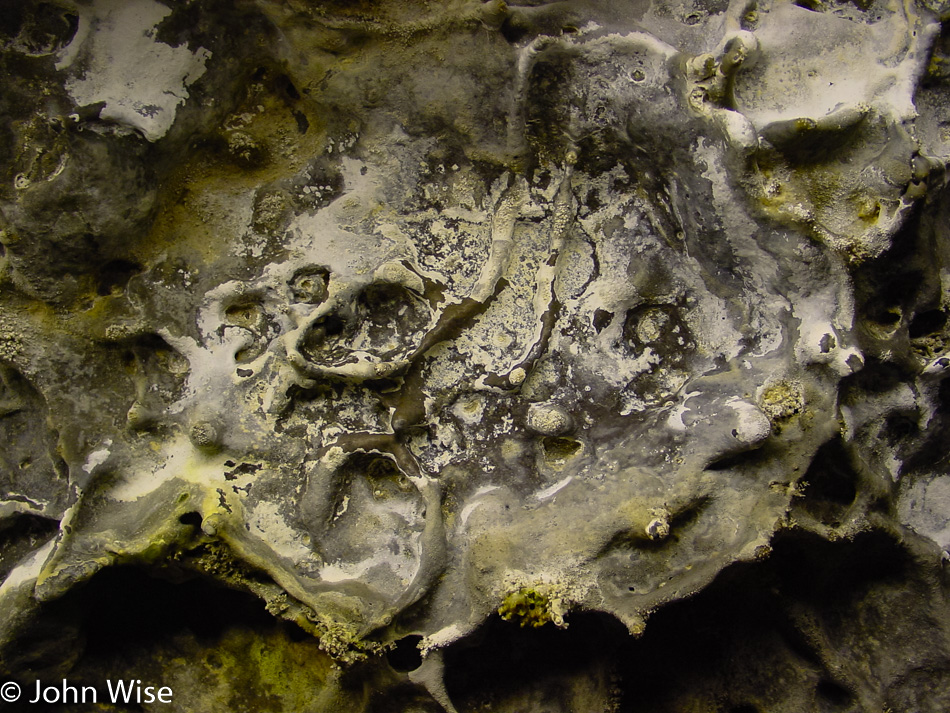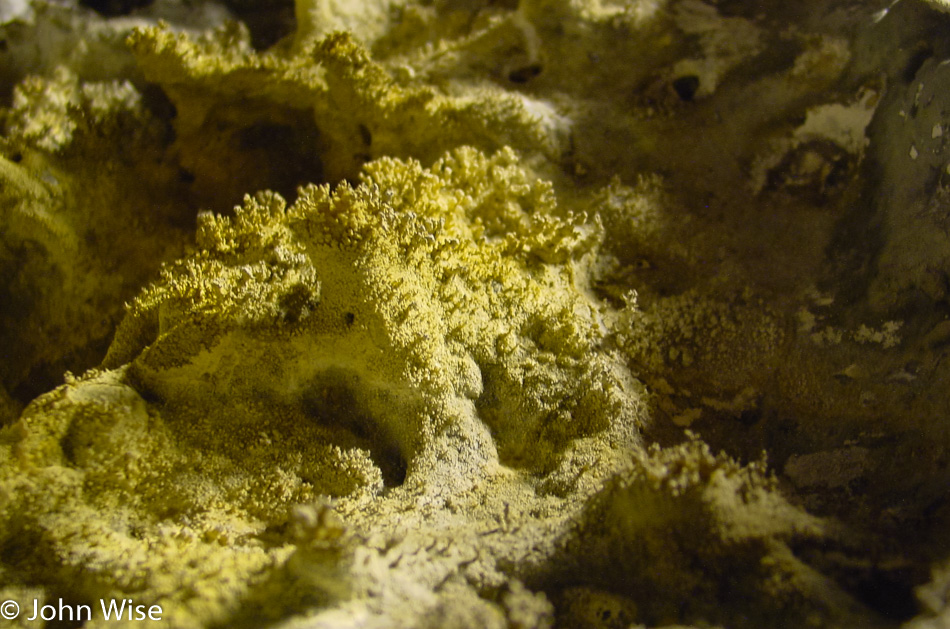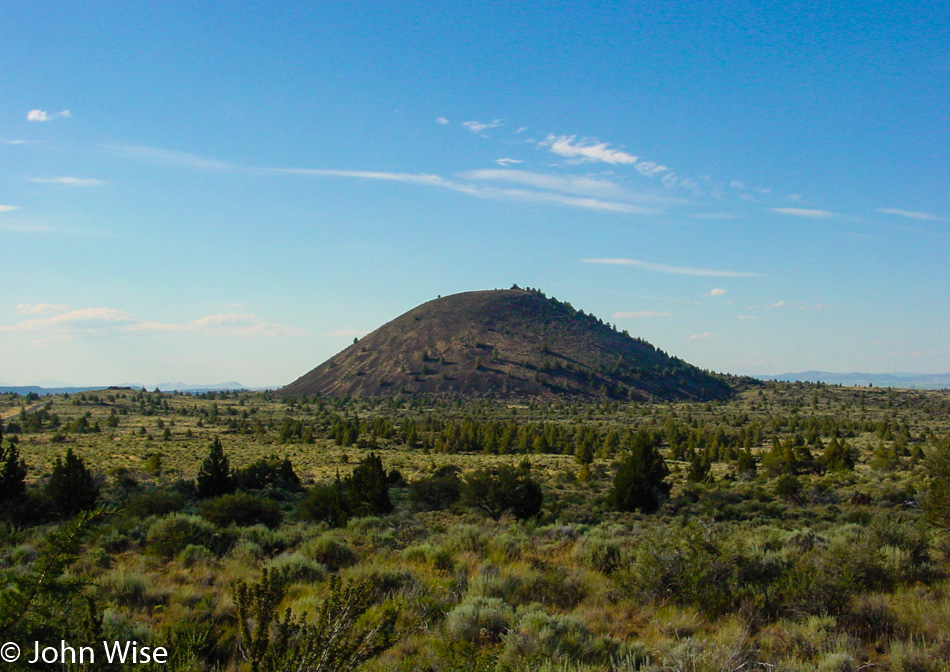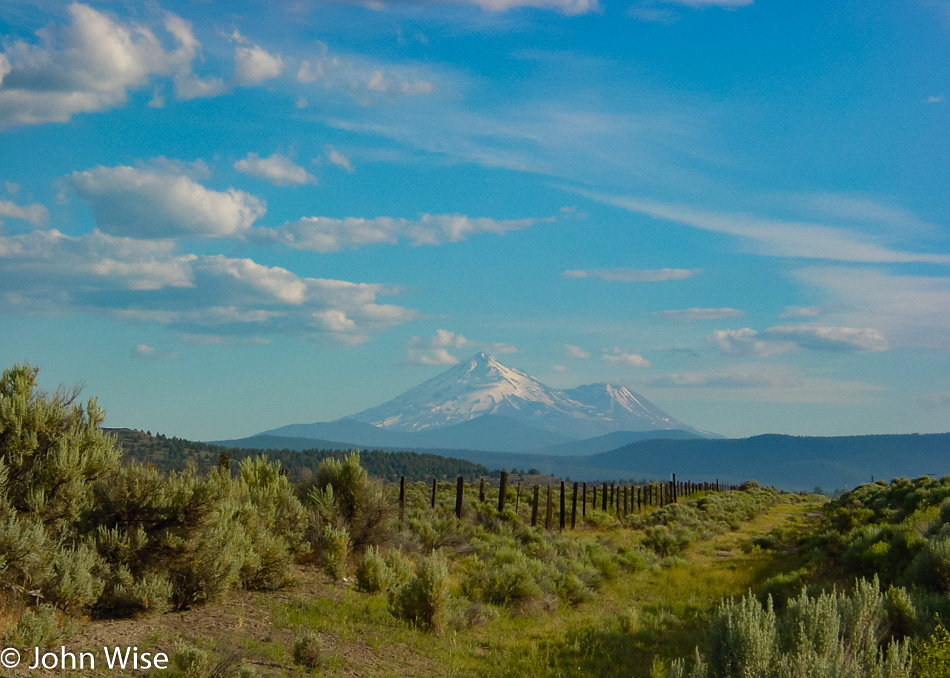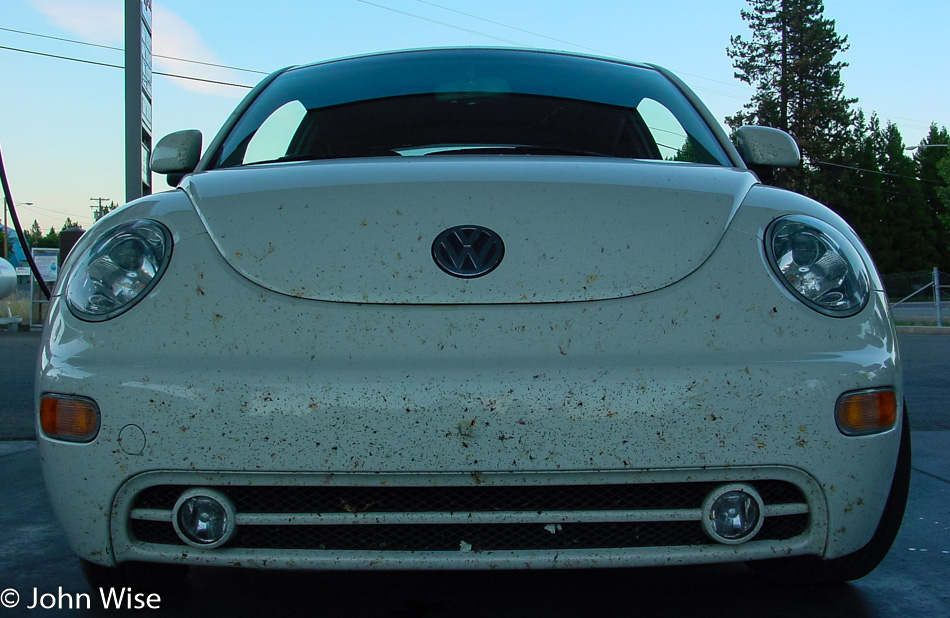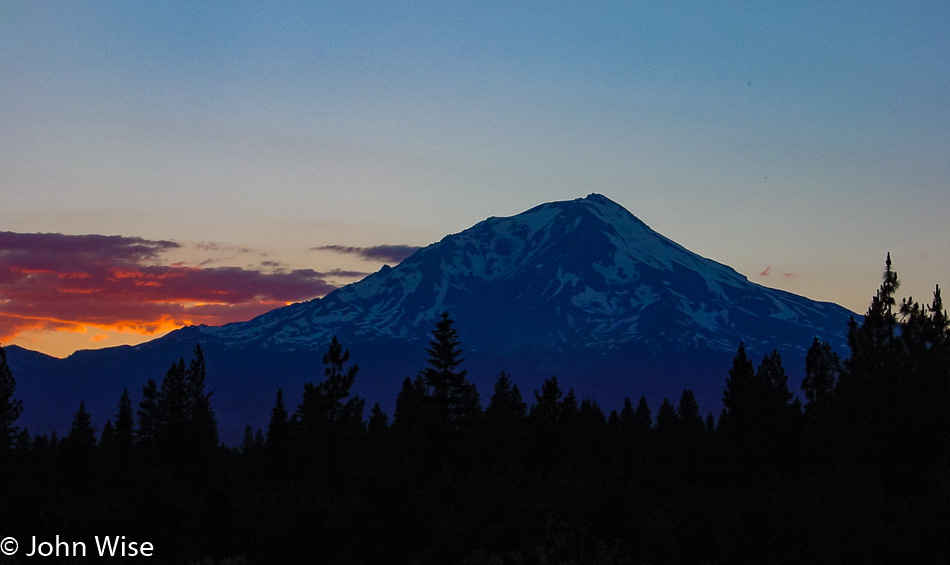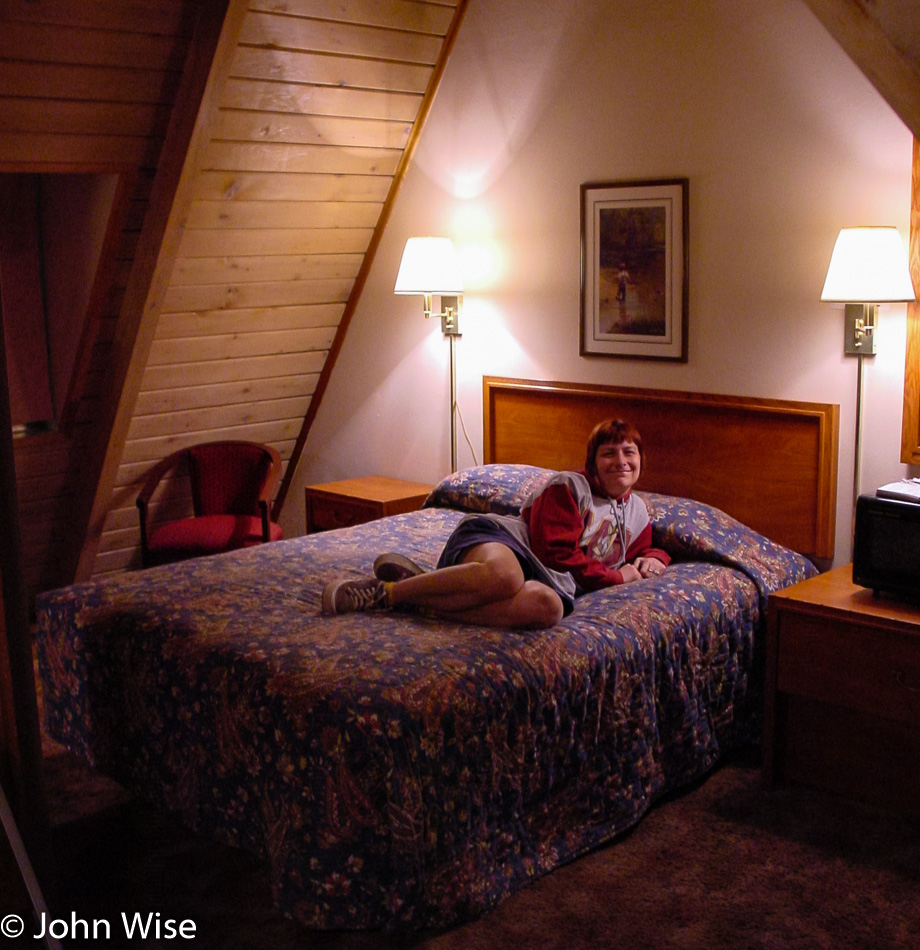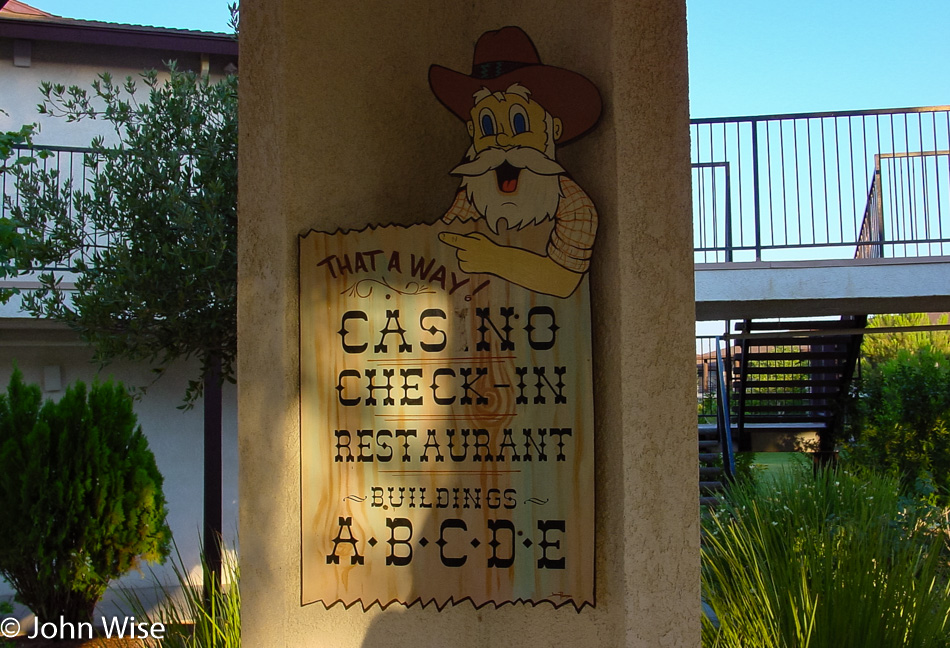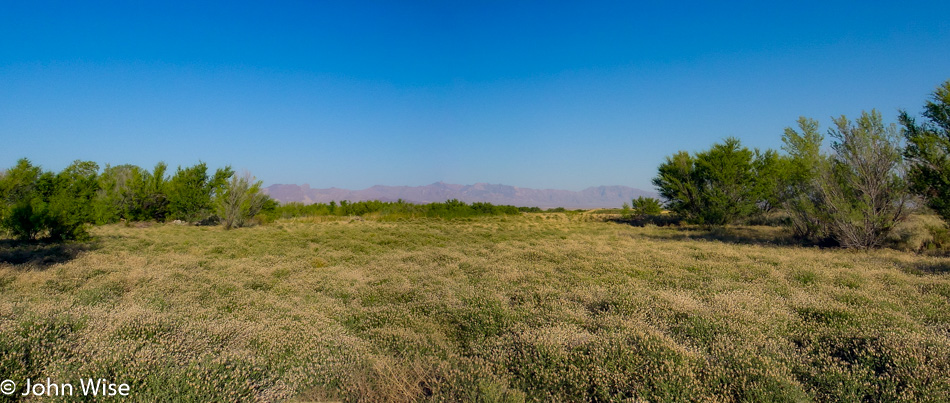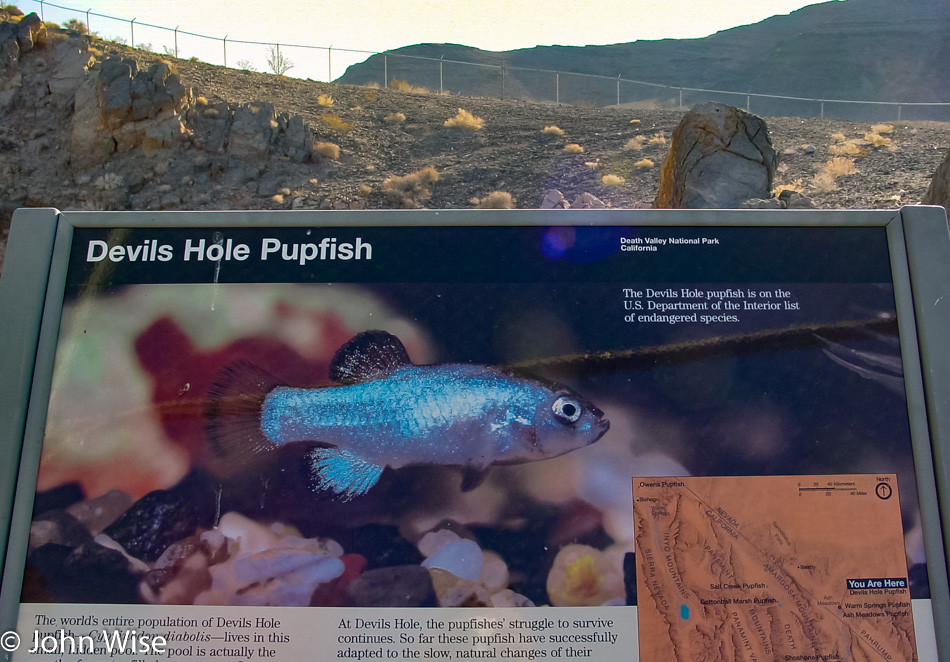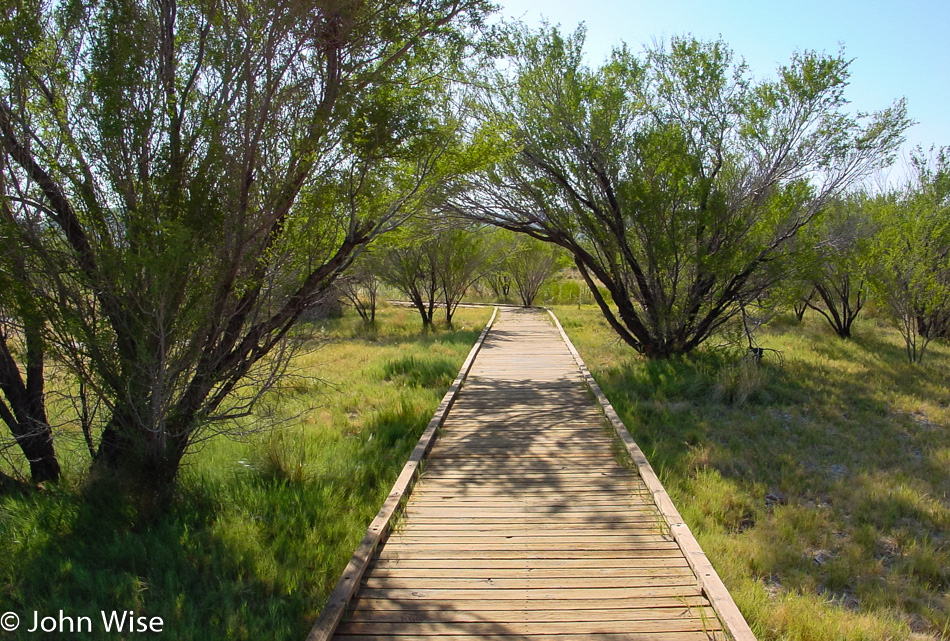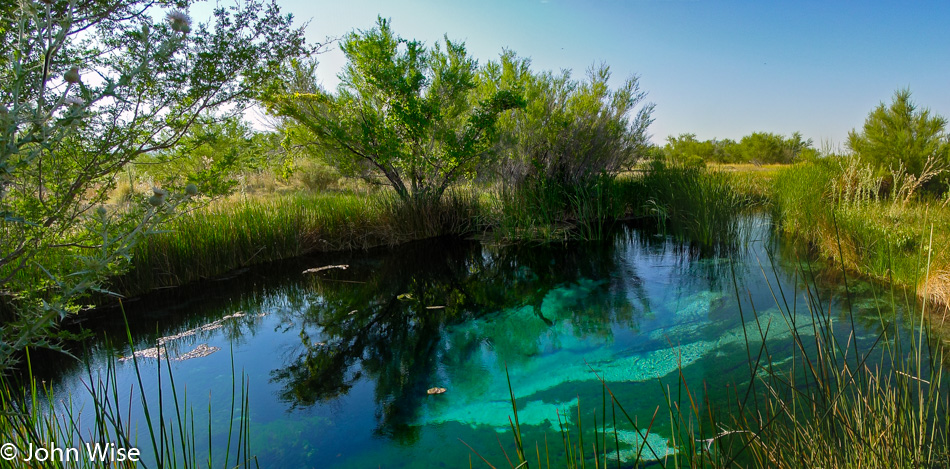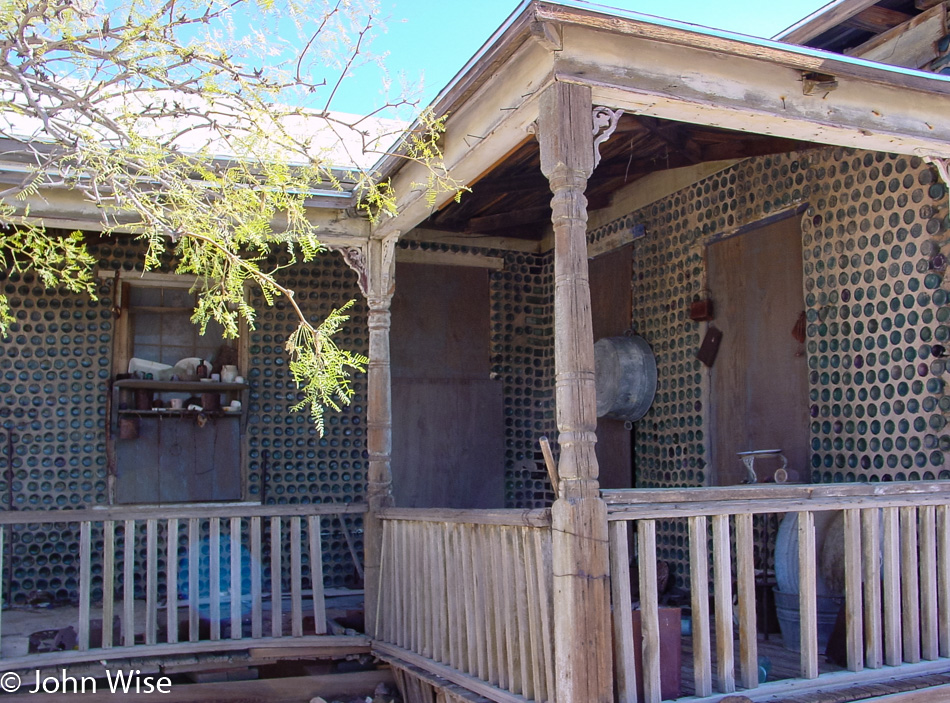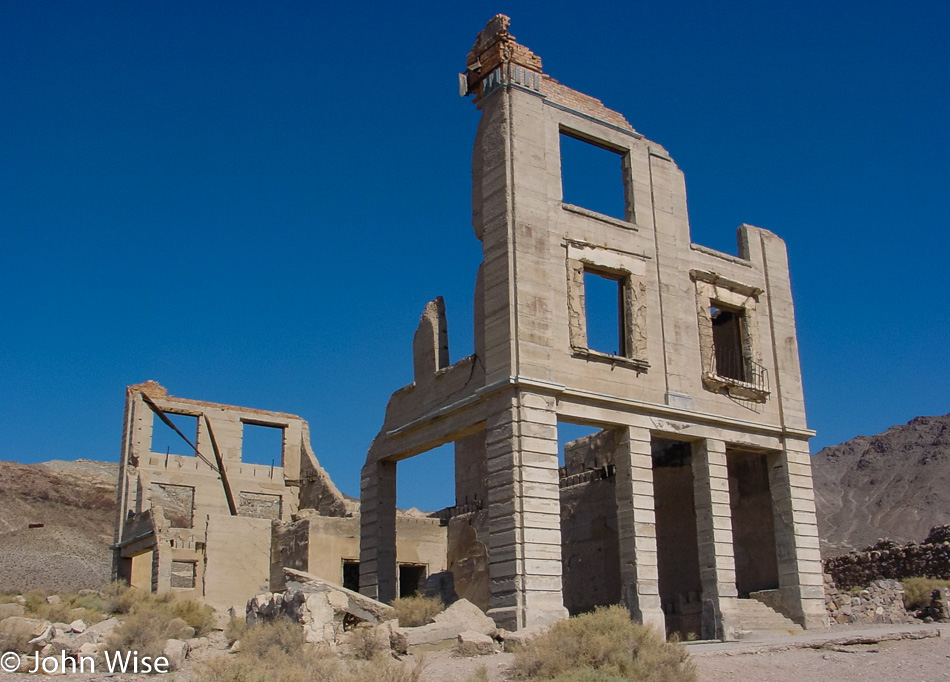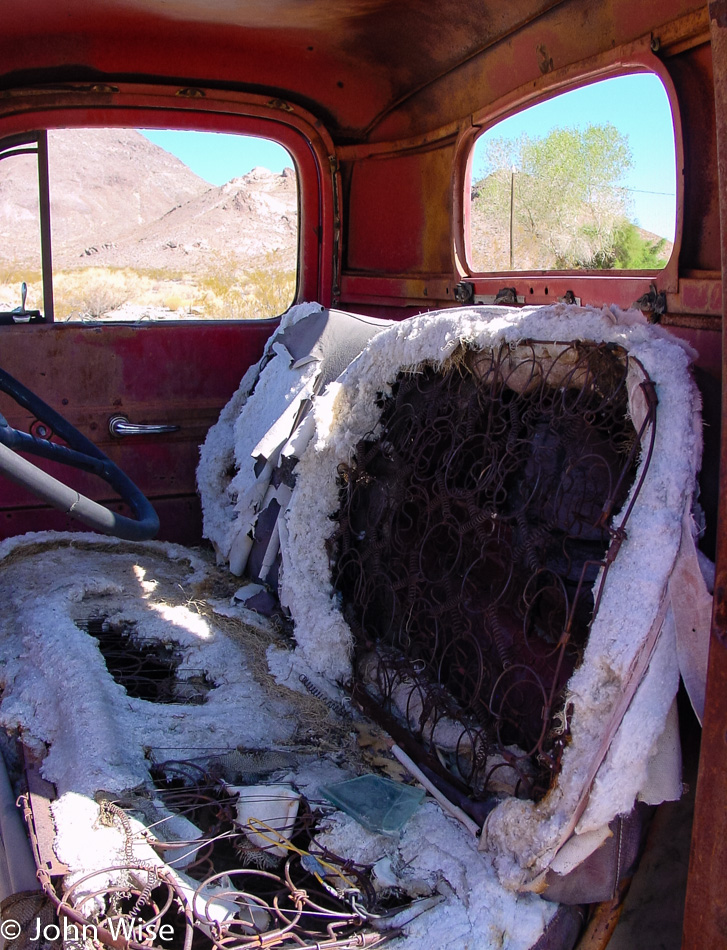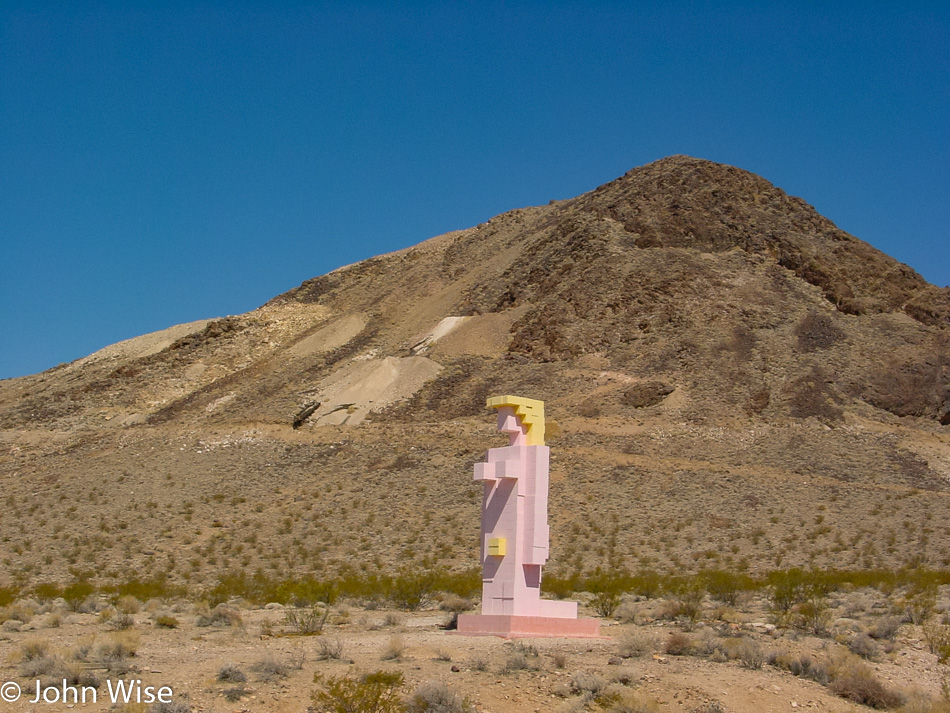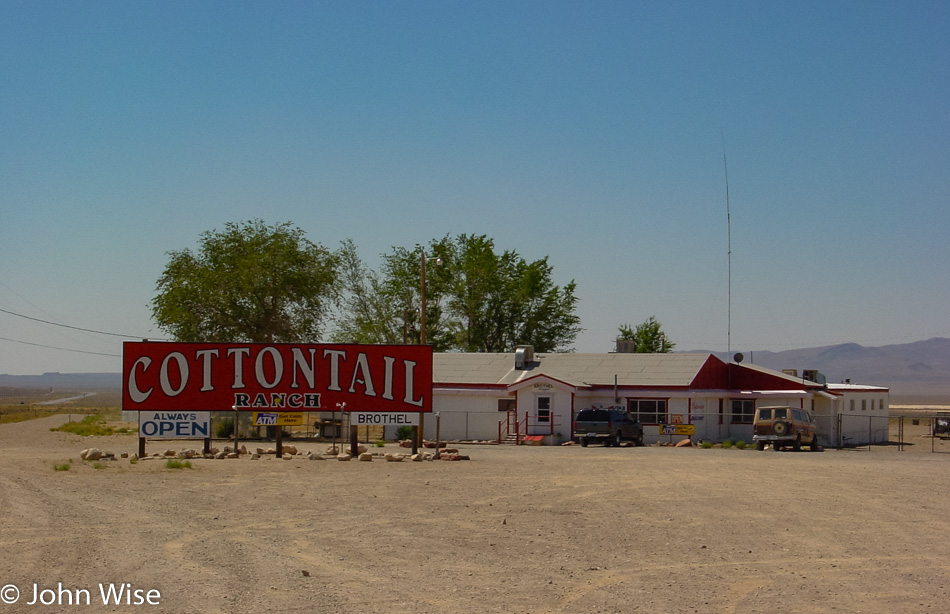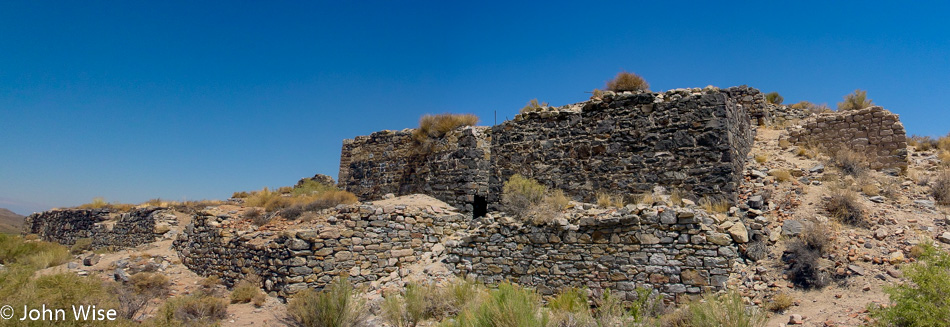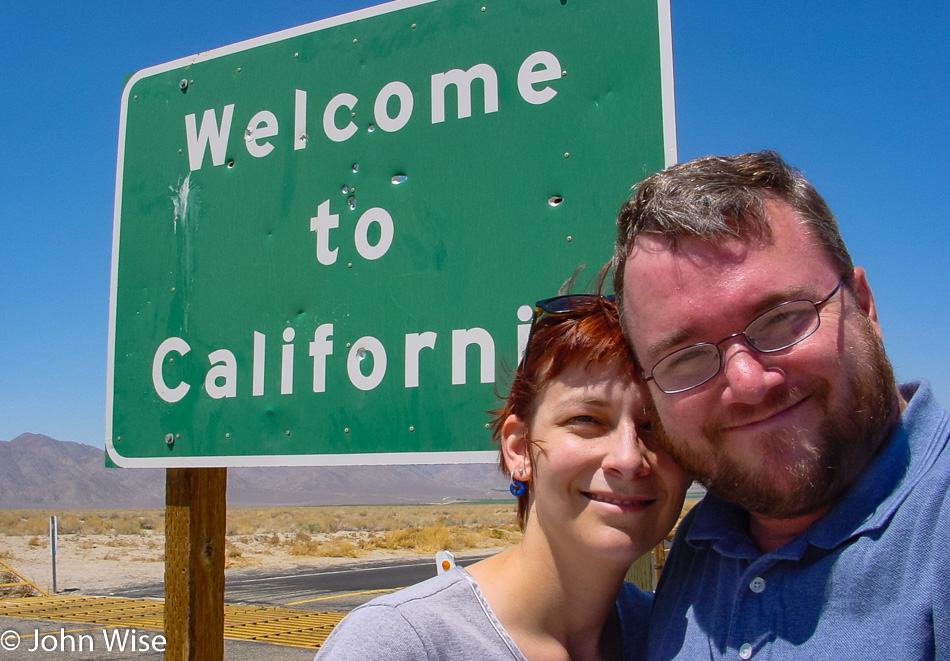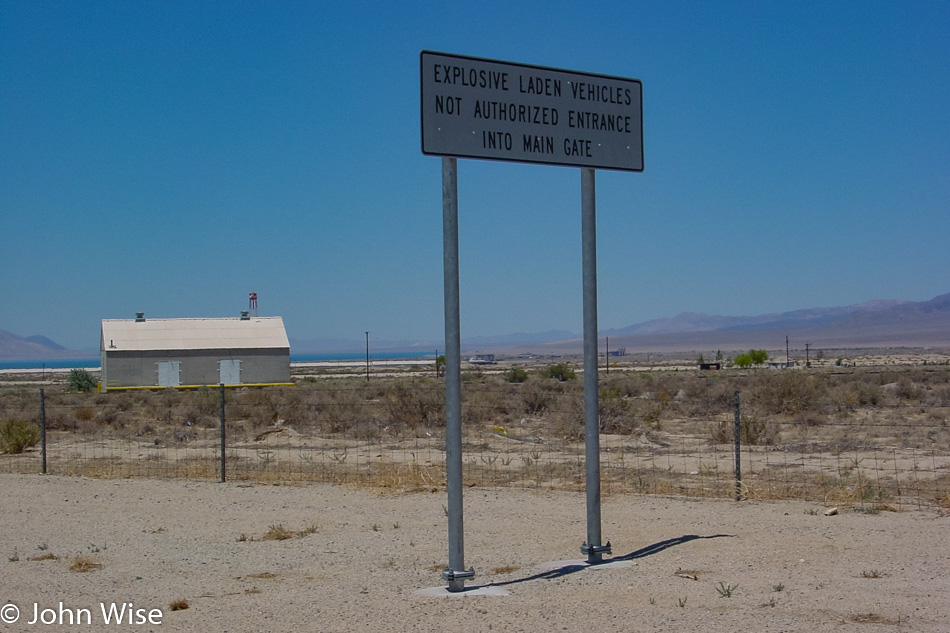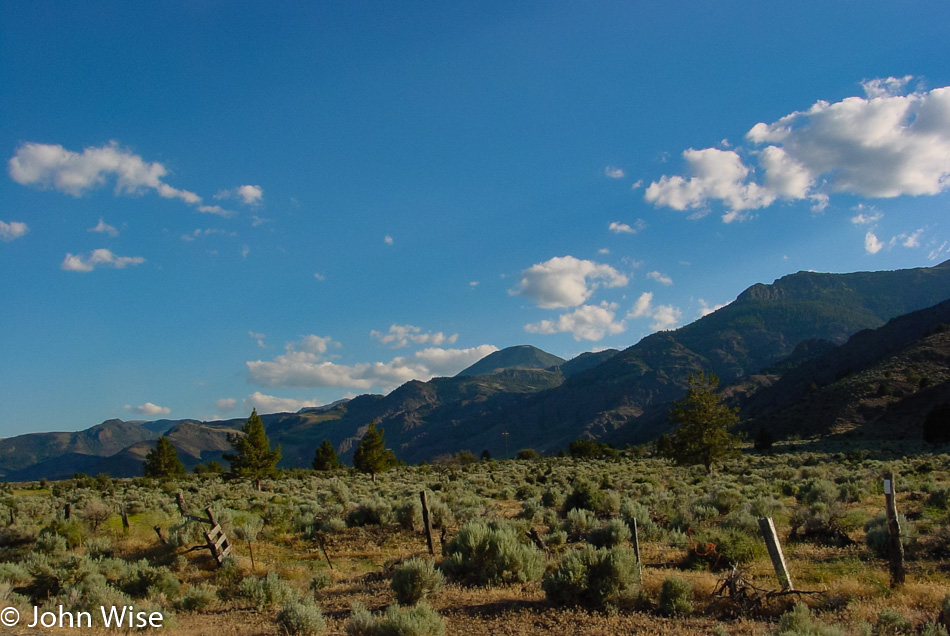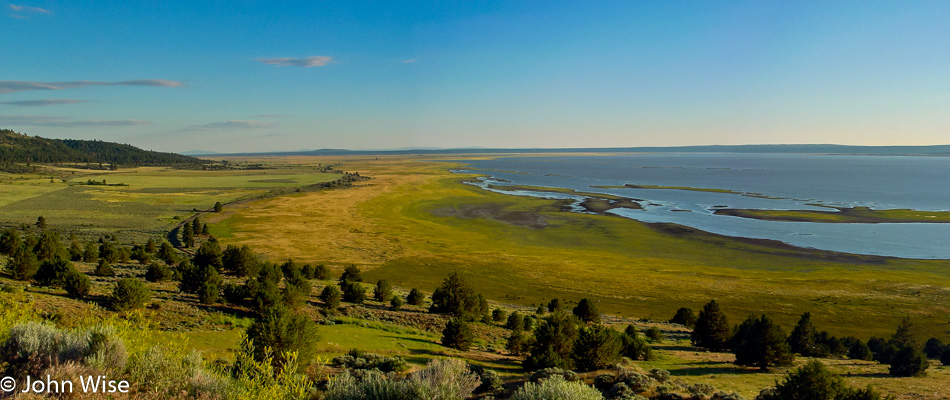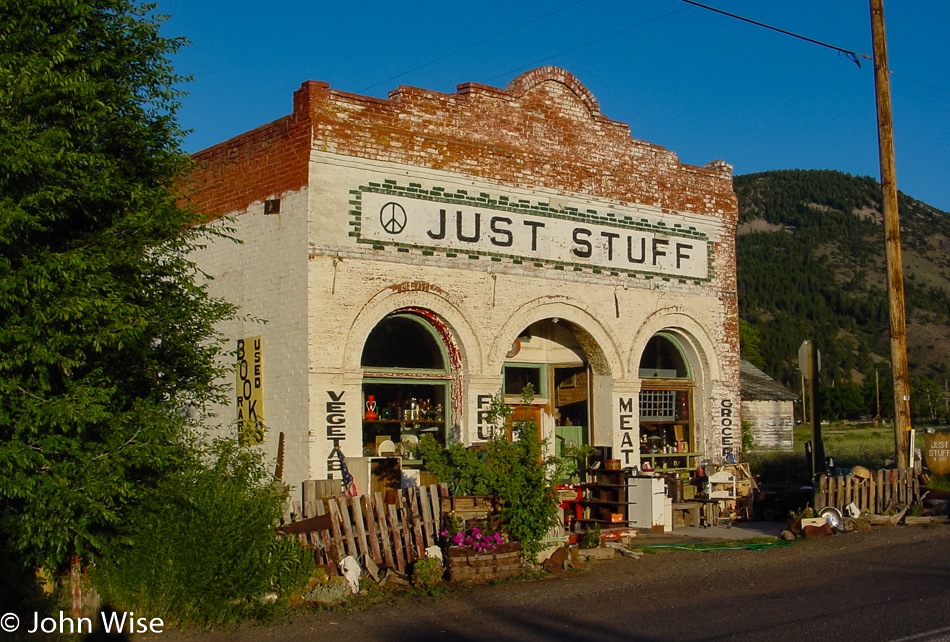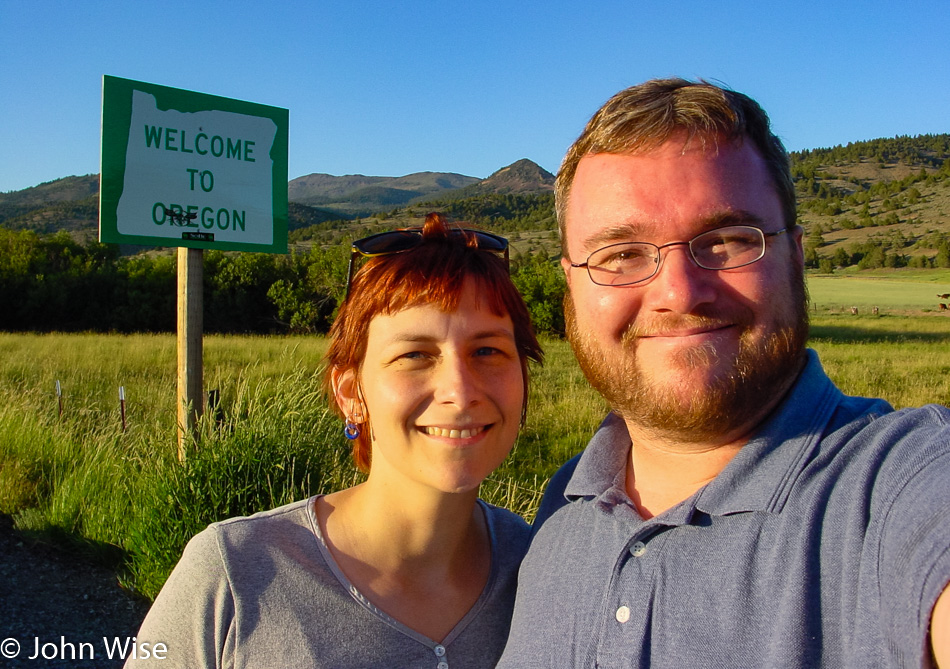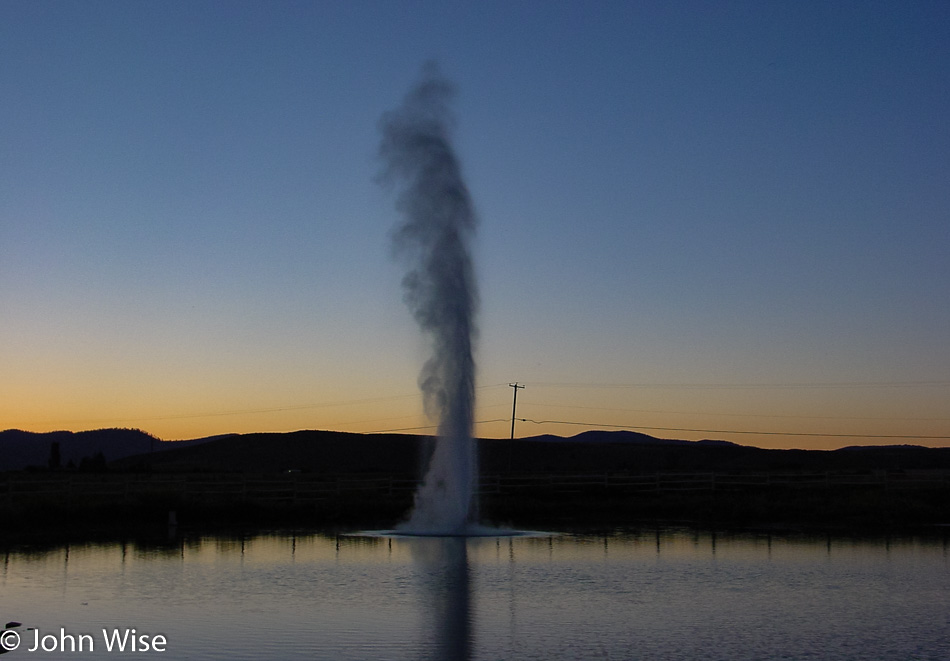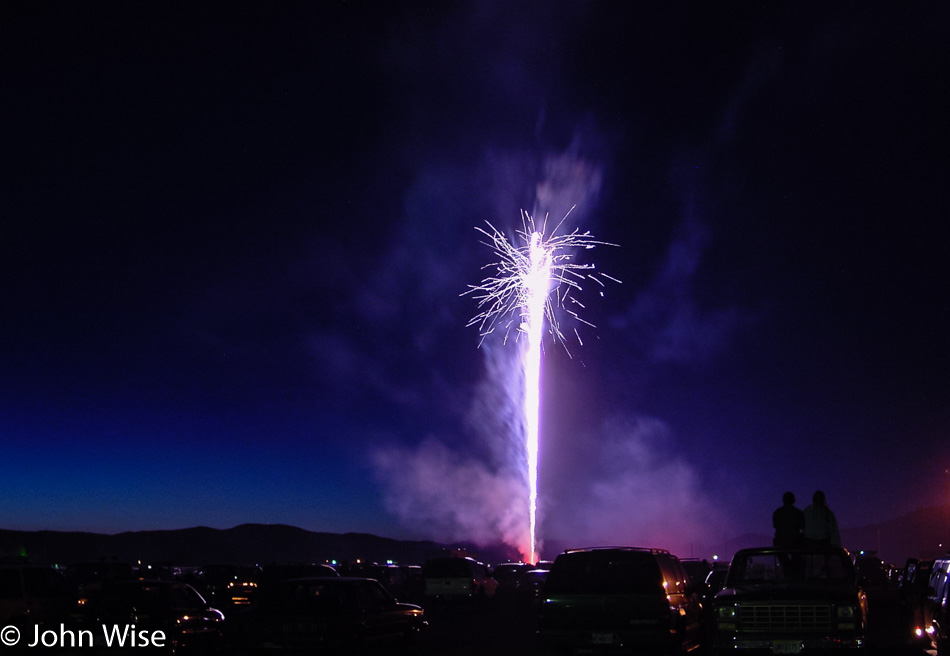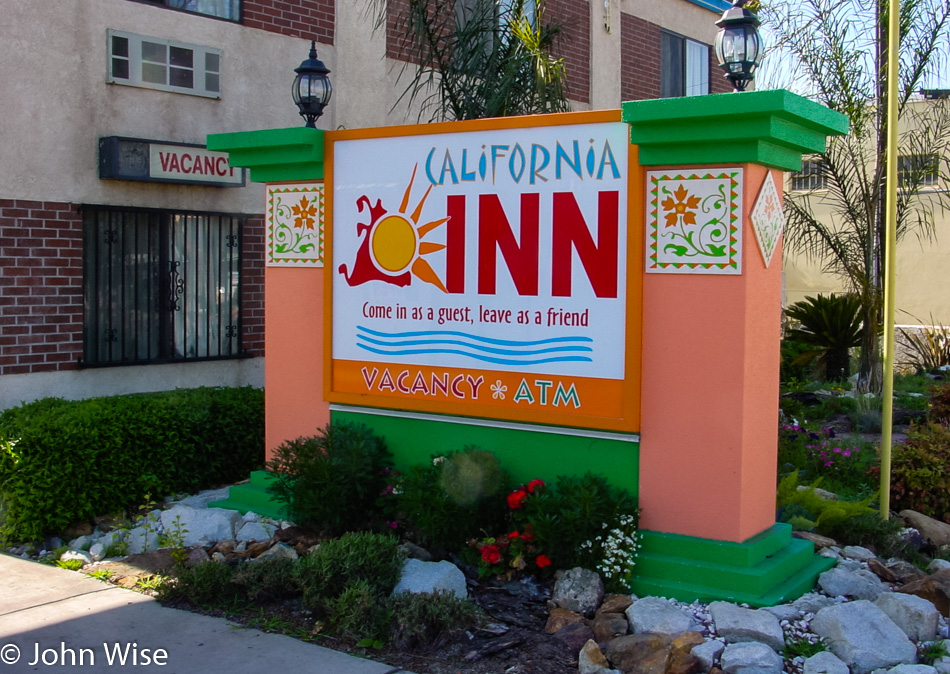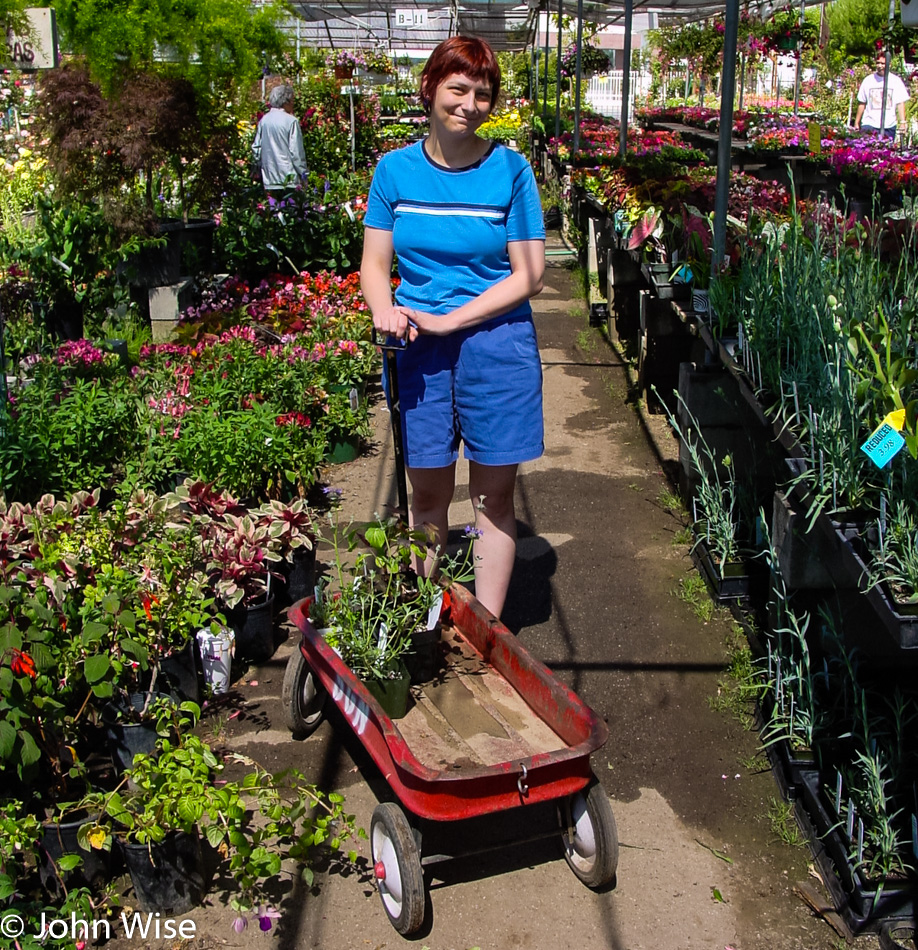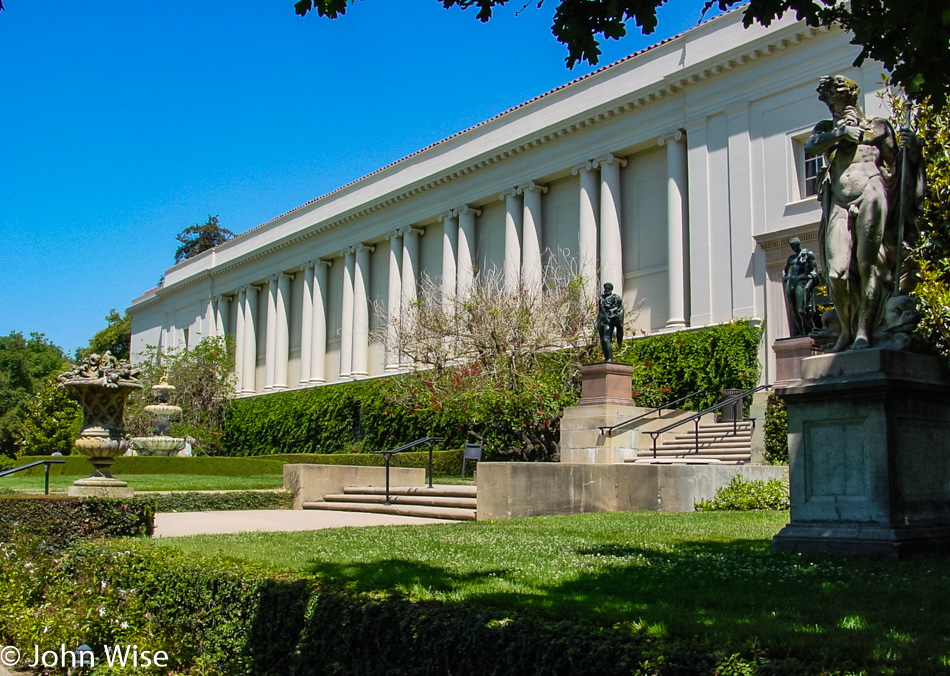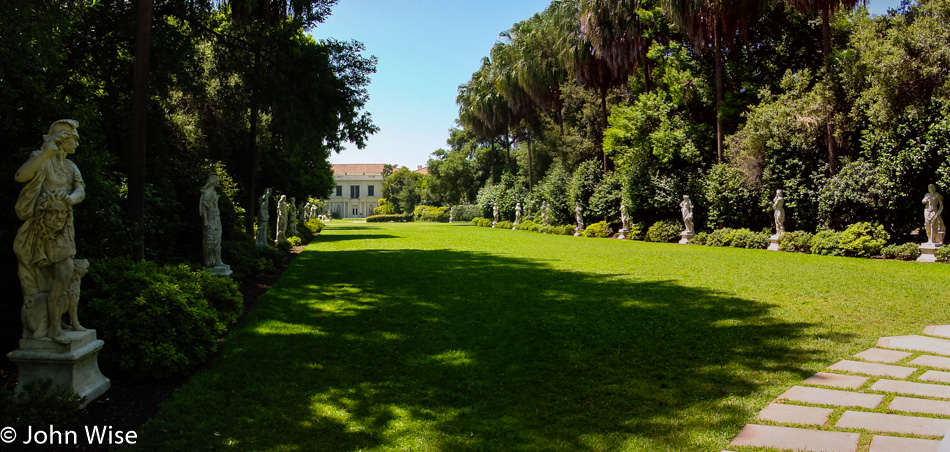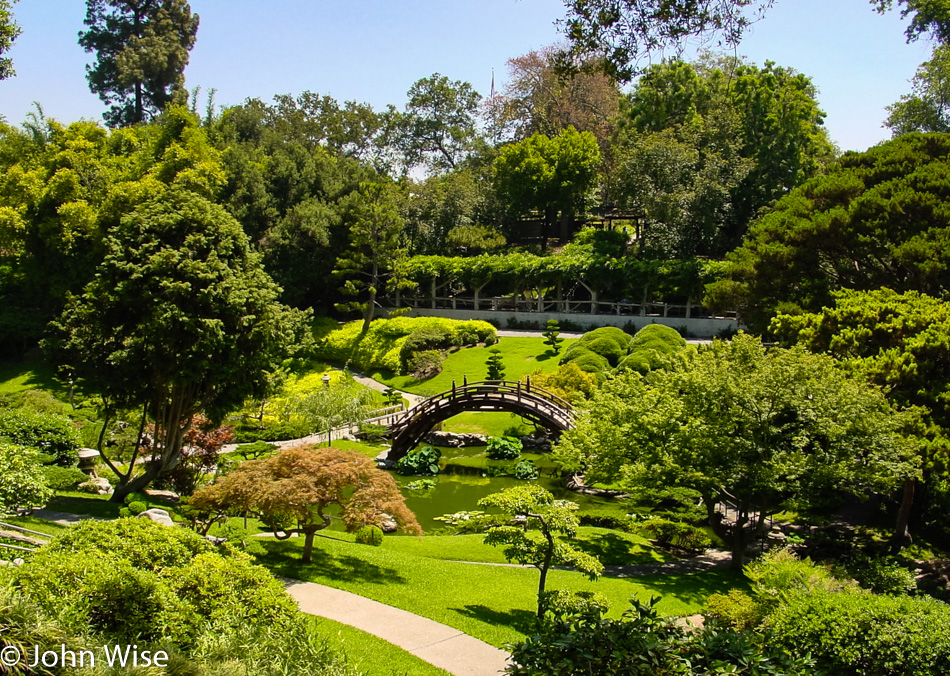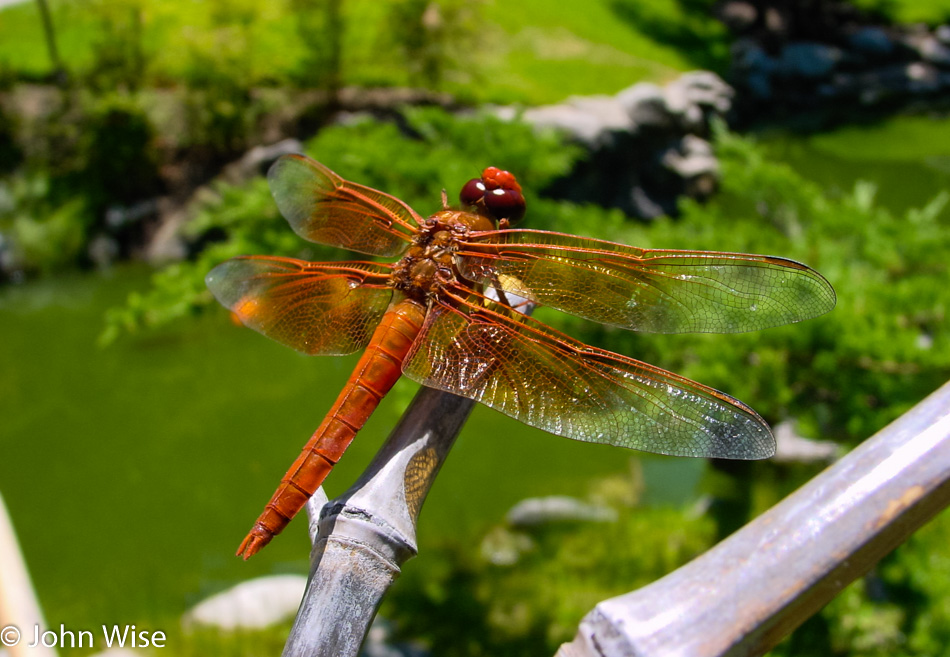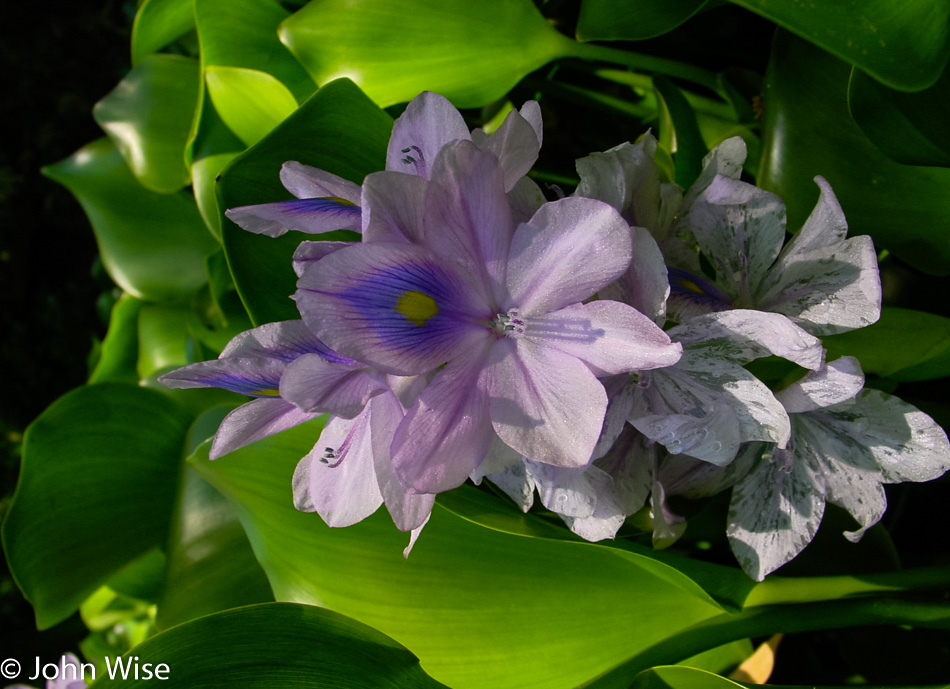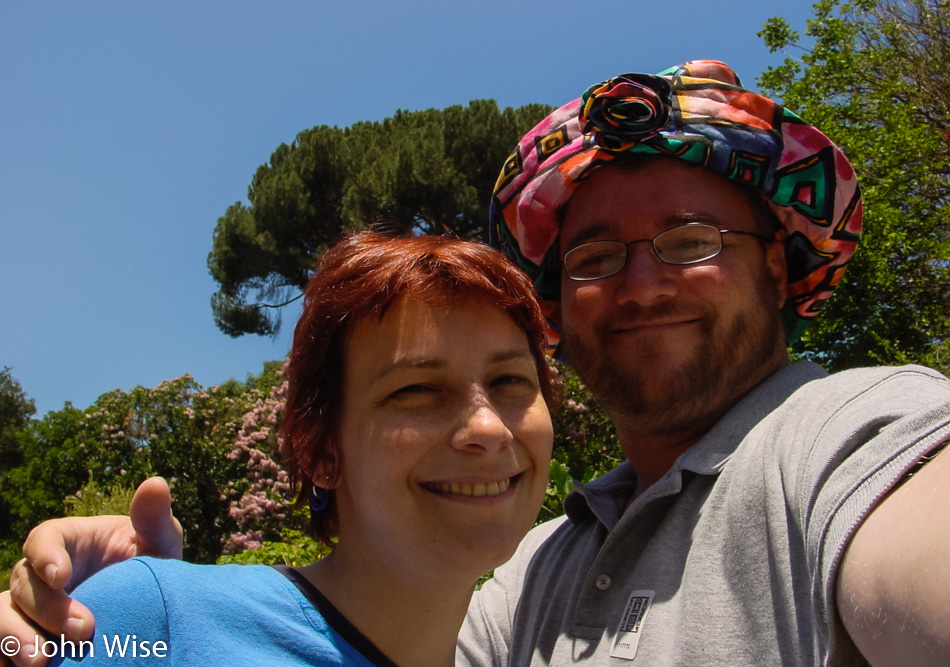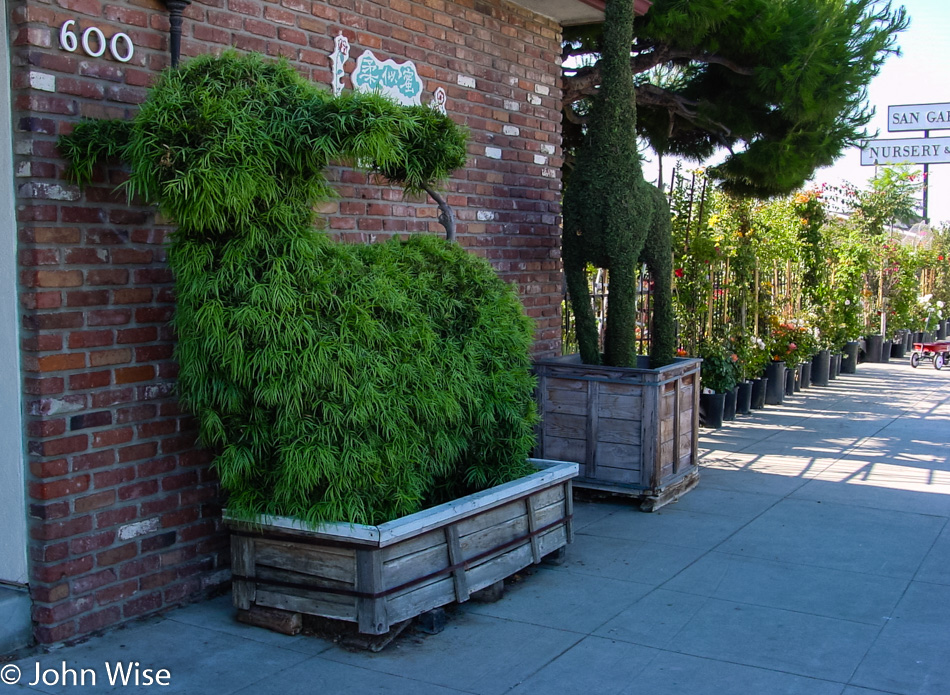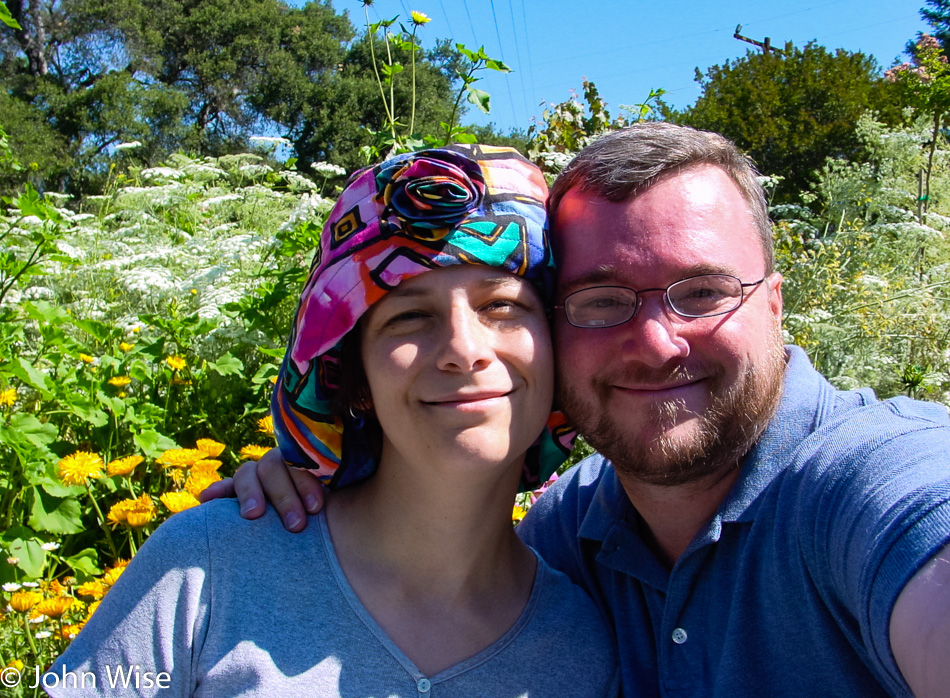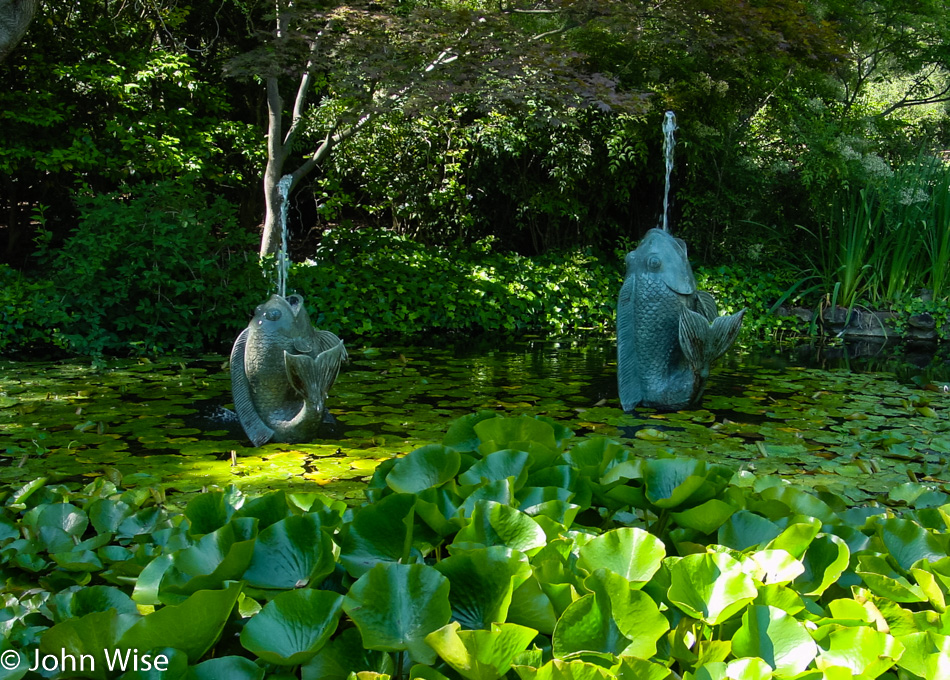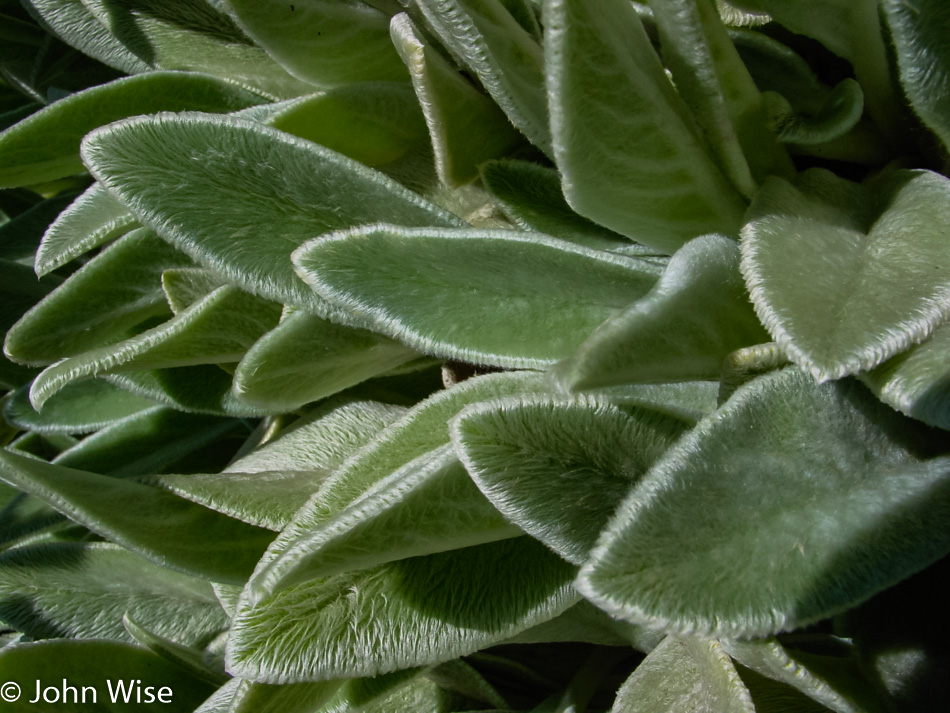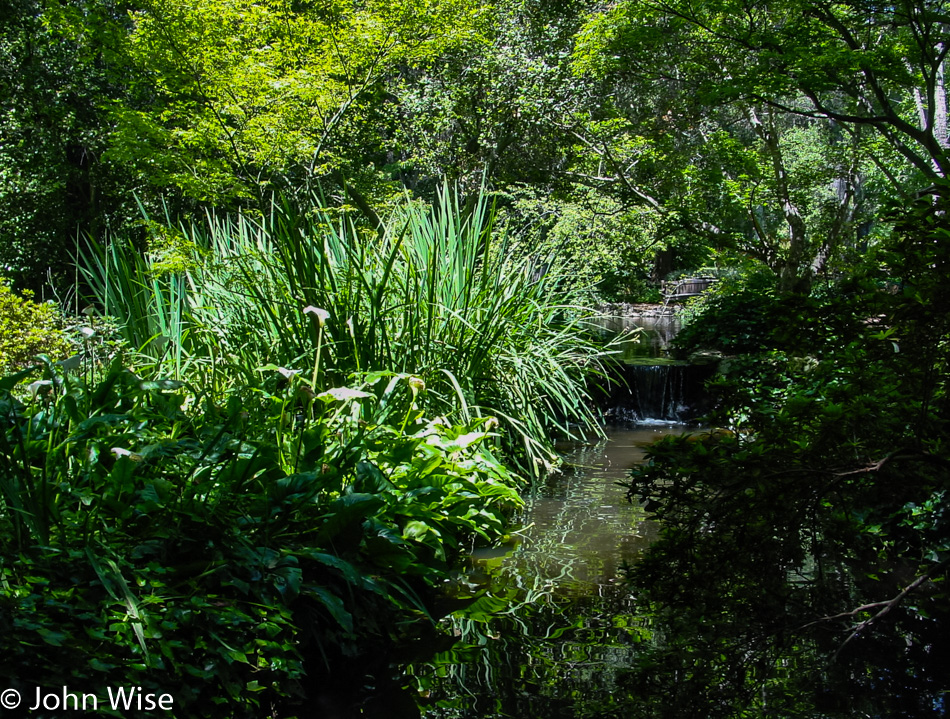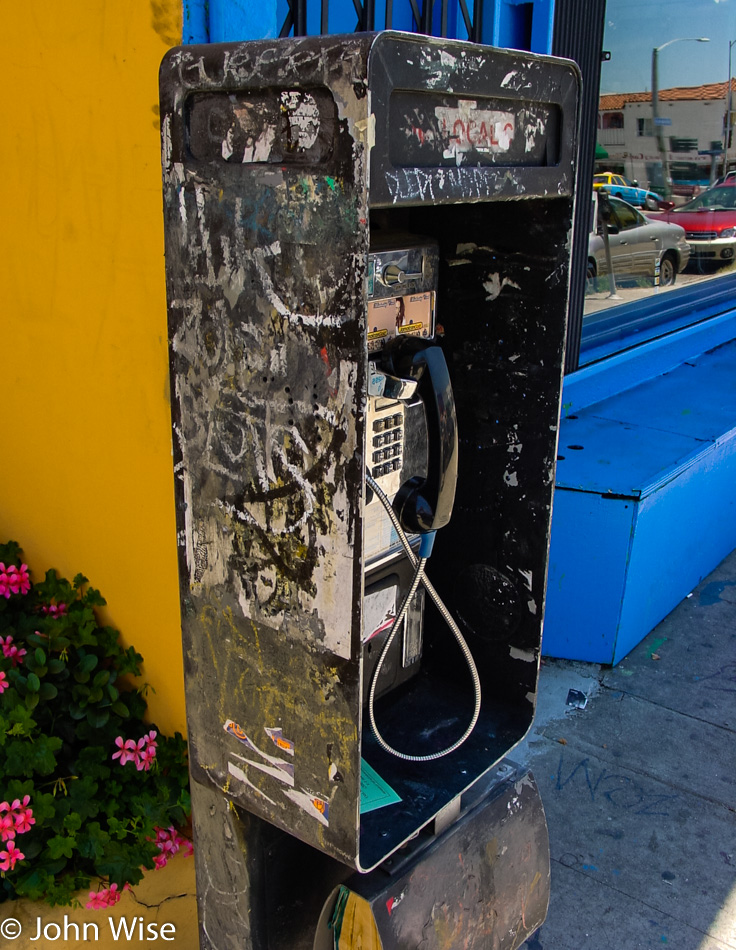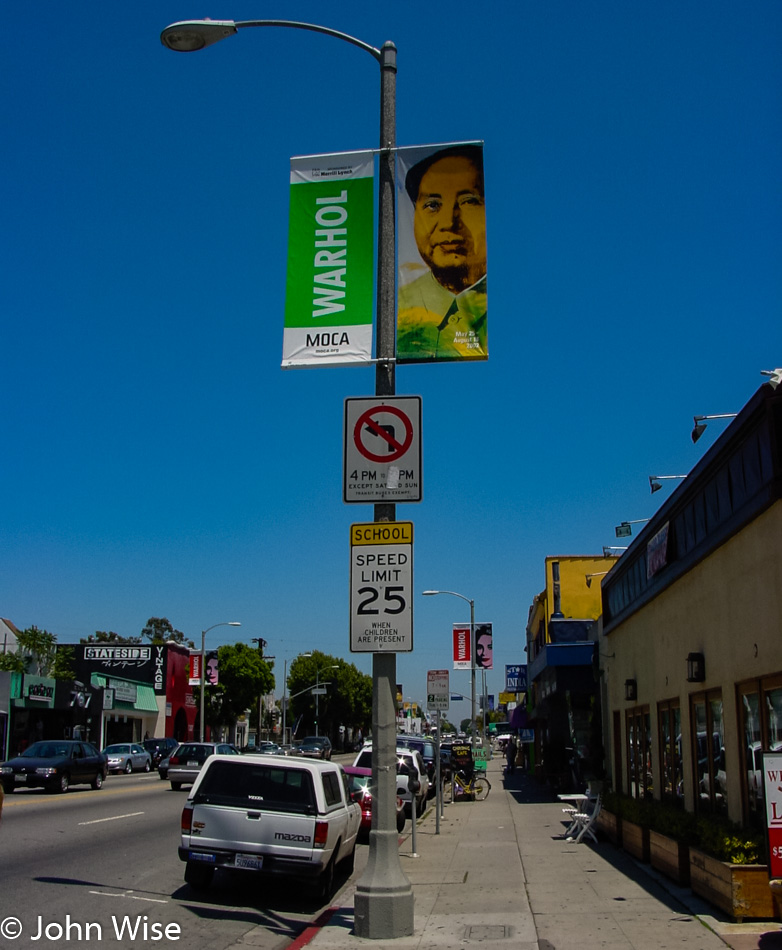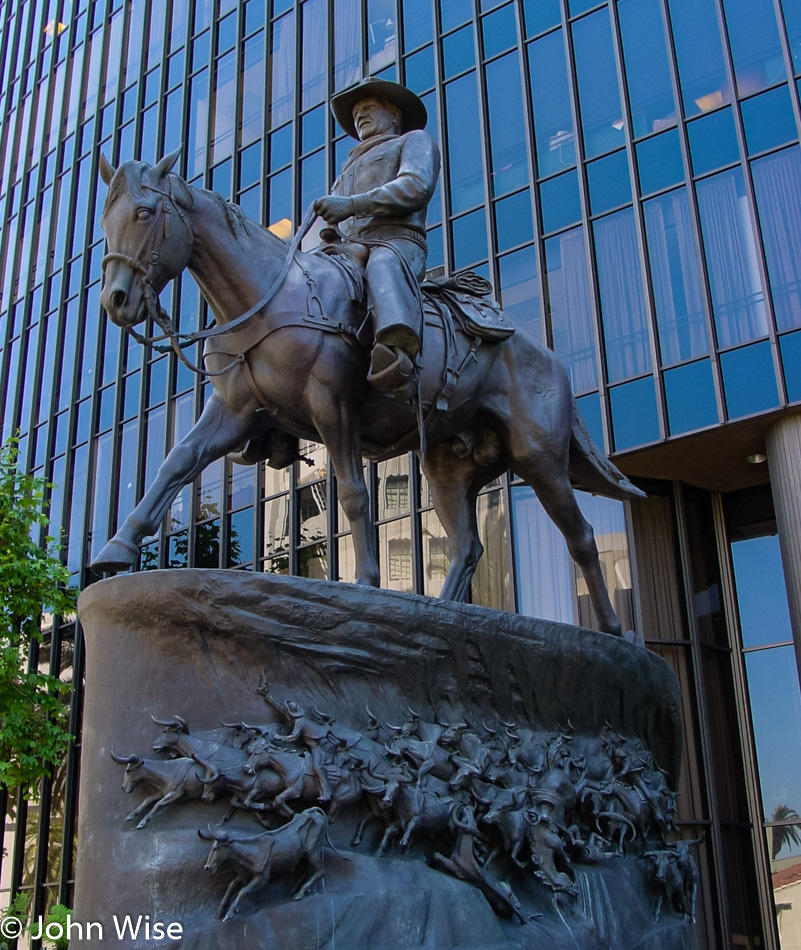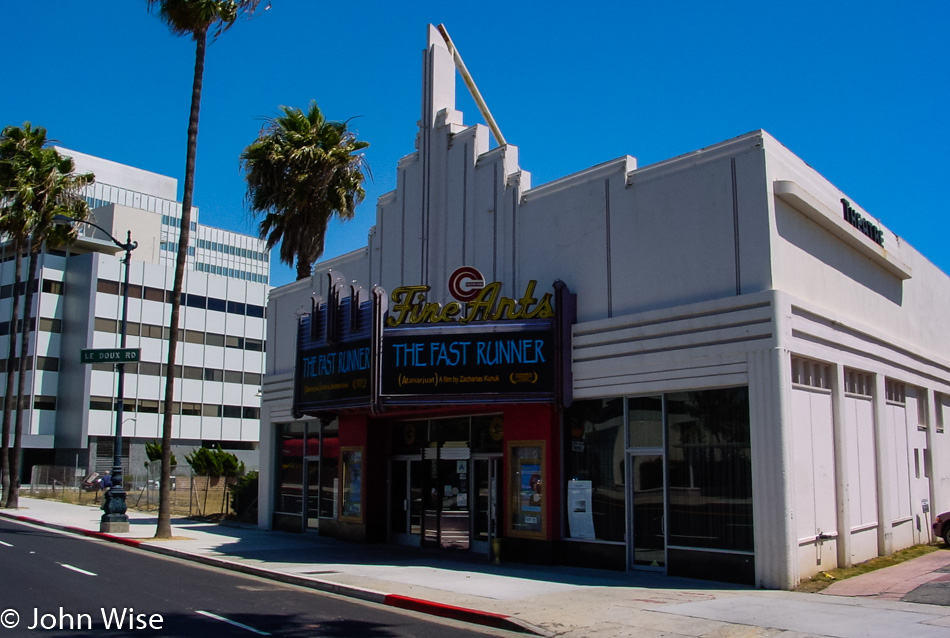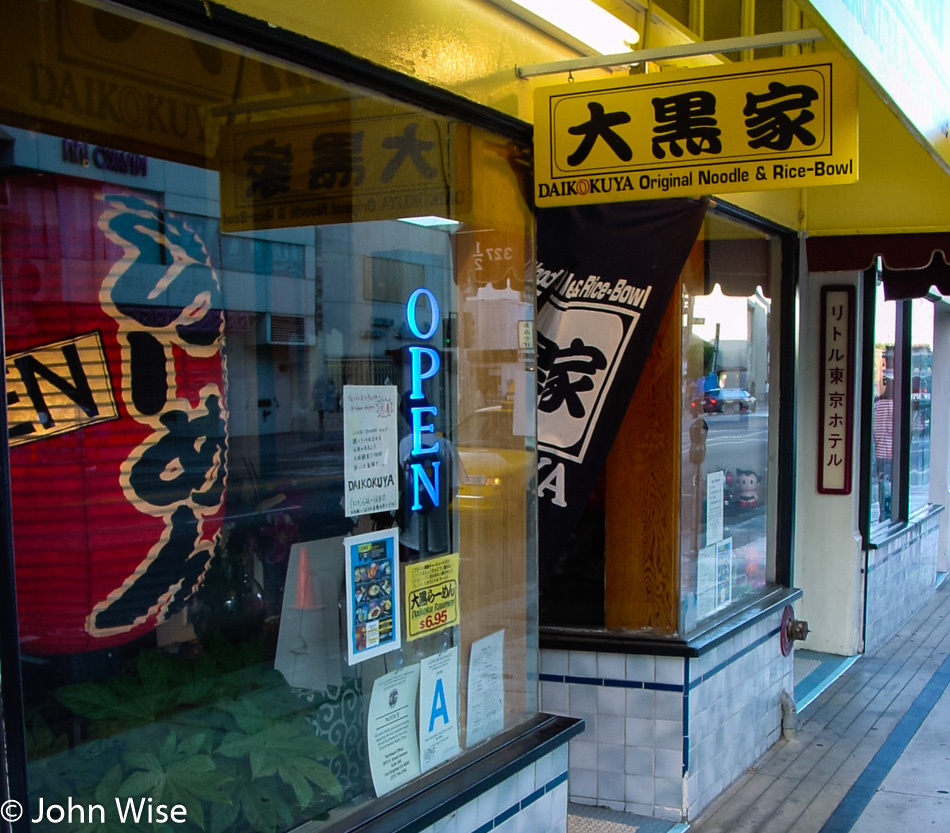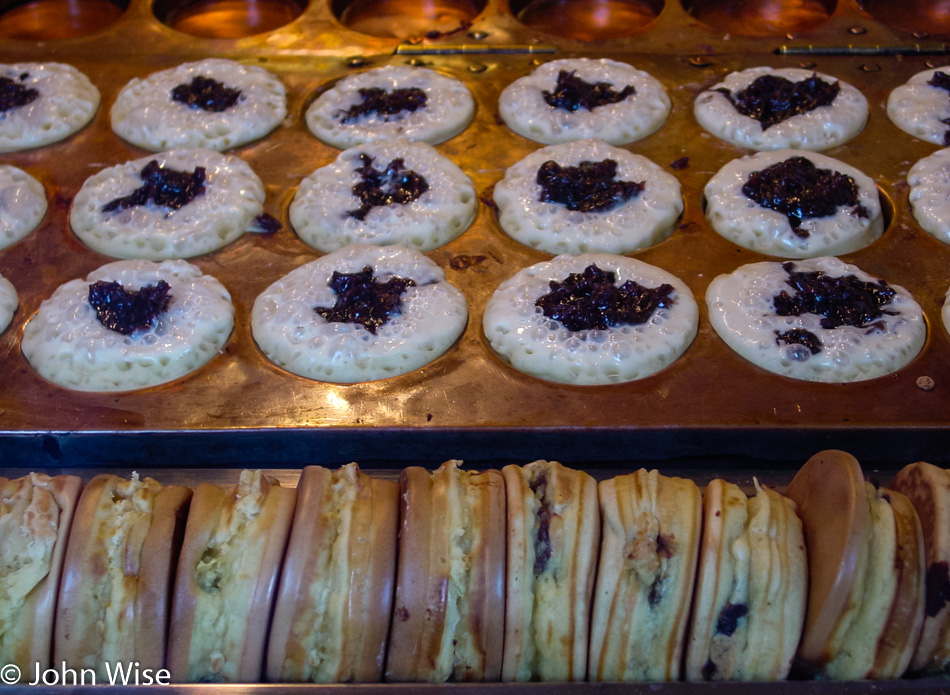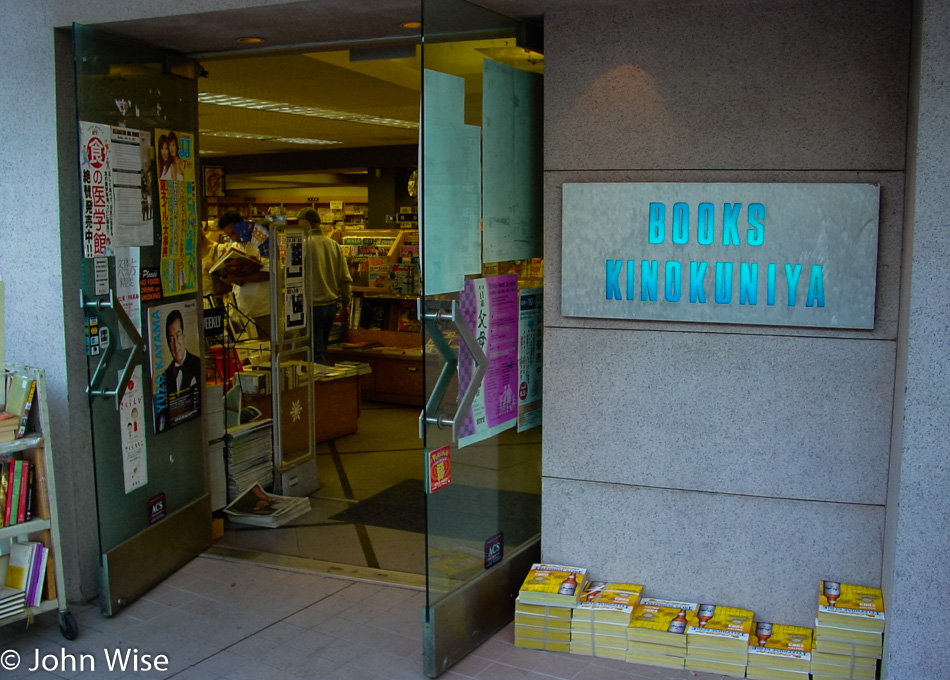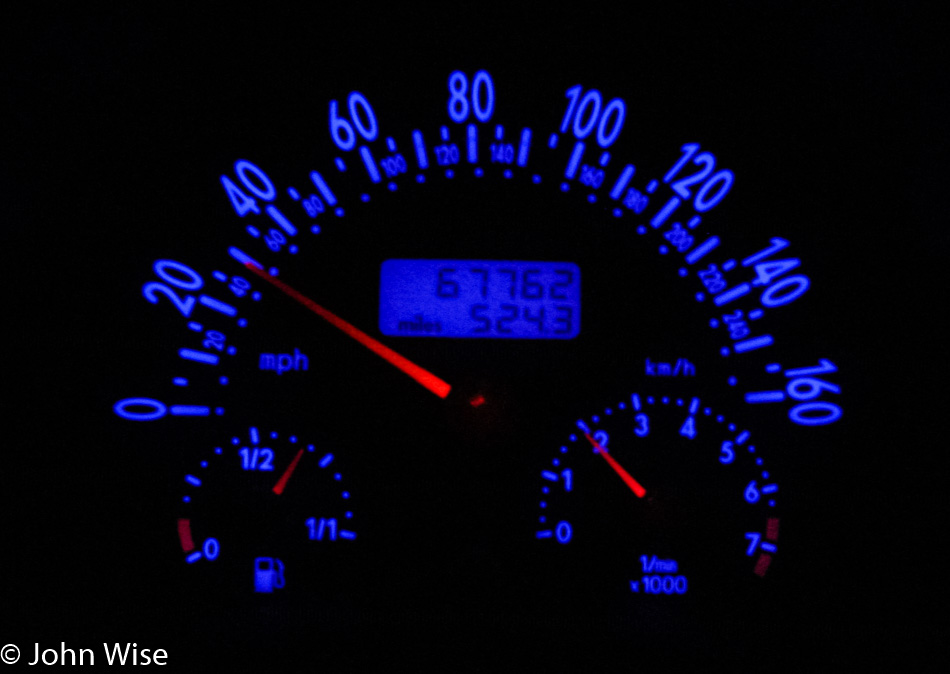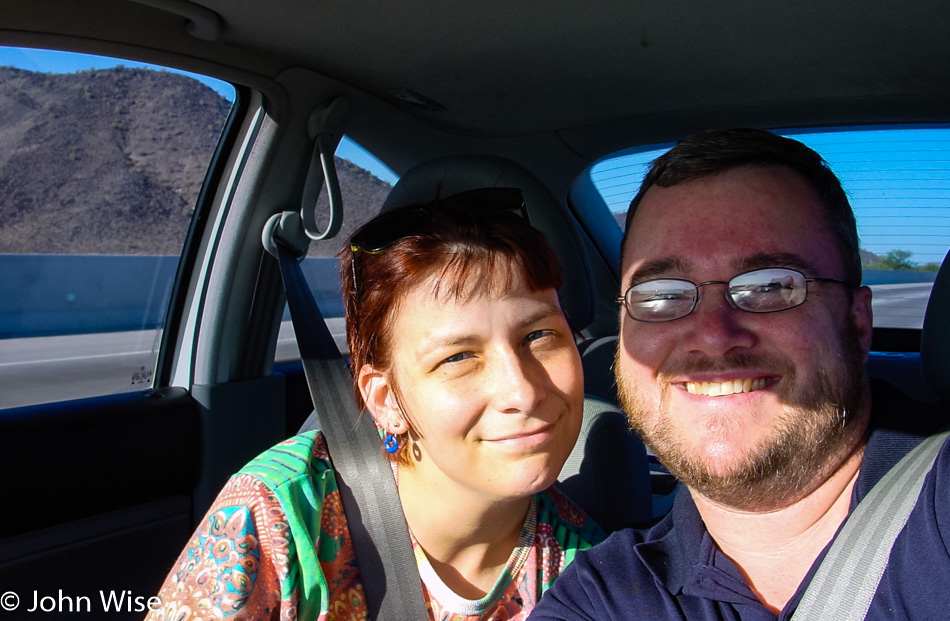
When we get home, we’ll pay for these long days as we collapse in exhaustion, but for now, we just keep going. This morning, we were out of the motel and on the road by 6:15. We are on the approach to Lassen National Park.
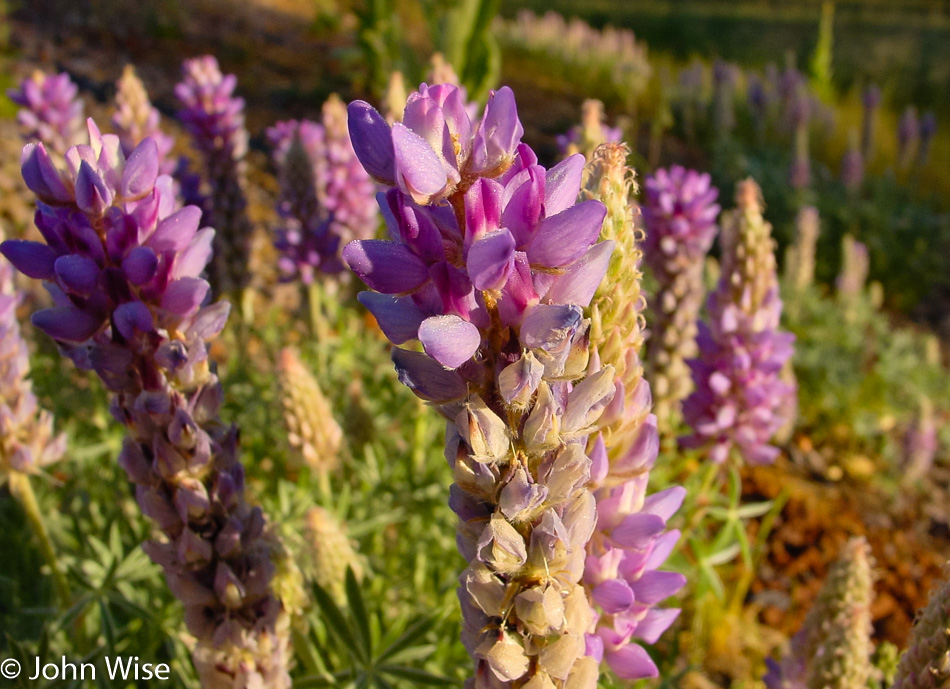
It is this stuff here that delays us getting places in a timely manner, as flowers are a powerful attraction and scream at us to stop and take photos. While we’re in the throes of quickly stopping the car, jumping out, grabbing the photo, and getting going again, it seems rational and perfectly reasonable to think, “What the heck, it’ll only take a minute,” except these minutes add up and it’s probably never as fast as I hope. Part of the allure of these races to get out and around is to capture enough elements that when we look back at the visual arch of the trip, we will be inspired to visit some of these spots again or if there was an abundance of mediocrity we can relegate that corner to the pile of “not interested.”
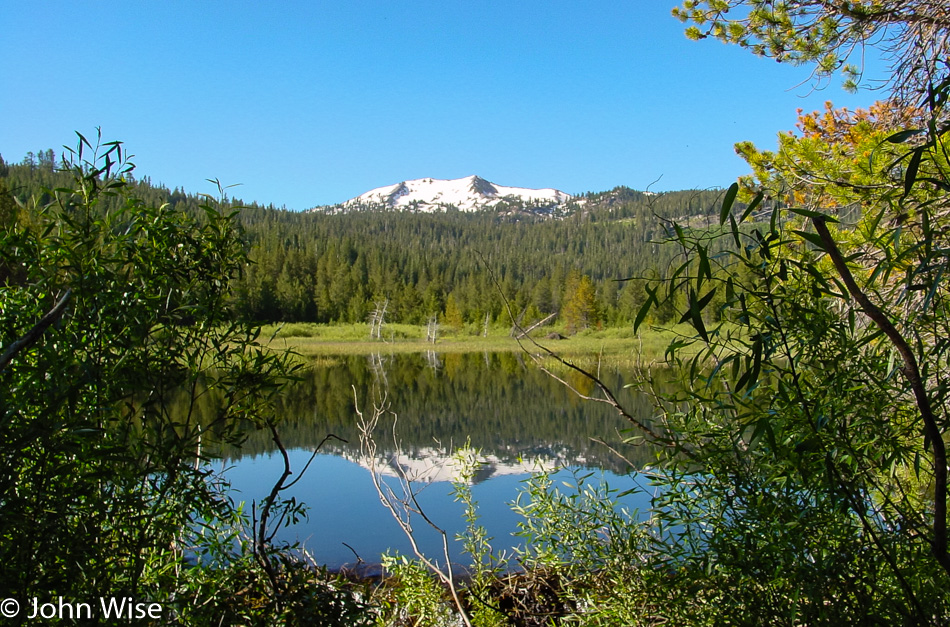
This is Hat Lake and one of the first big indicators that there’s more to this park than the southernmost active volcano known as Mount Lassen, which is the main draw for our visit today.
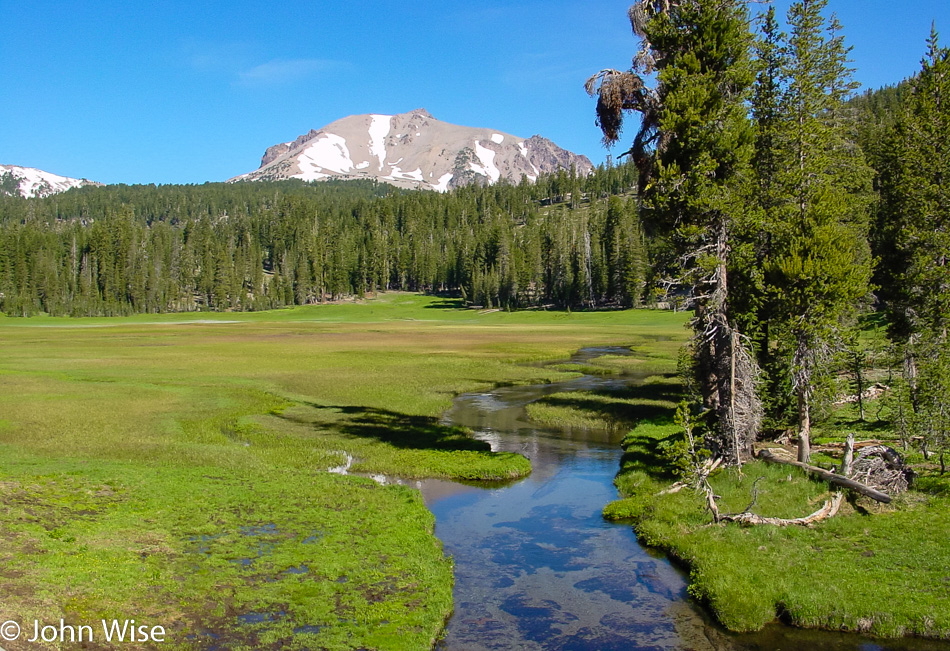
Kings Creek runs through this meadow; unfortunately, we weren’t prepared to do the same. Next time in Lassen, remember to bring waders. And this is how it happens for us to be drawn back to a place; these beautiful impressions continue adding up until we reach astonishment levels. This will be accompanied by a bit of sadness that we weren’t able to fully explore this meadow, but then again how in the world does anyone on a five-day trip that takes in Bonnie & Clyde’s Death Car, Devils Hole Pupfish in a remote corner of Death Valley, Ash Meadows Refuge, the Rhyolite ghost town, fireworks in Lakeview, Oregon, Crater Lake National Park, Lava Beds National Monument, Lassen National Park, Yosemite National Park, Lake Tahoe (coming up later today), Mono Lake and Manzanar National Historic Site (giving away where we’re going tomorrow) and not need to be quick about it?
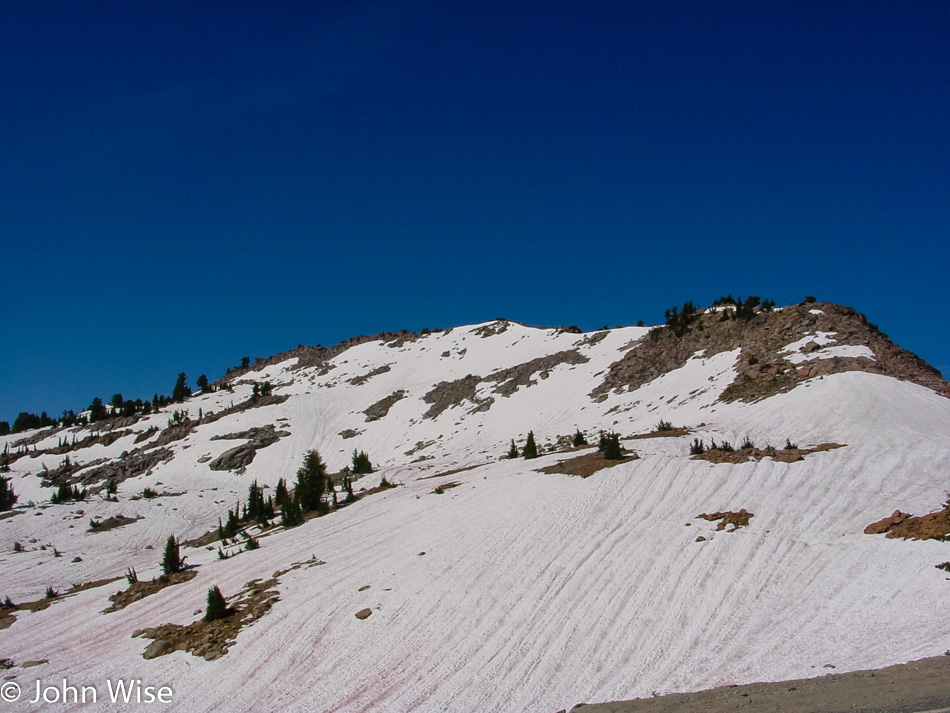
This is Mount Lassen, and while there’s a path to its peak, this will not be the trip where we make that hike.
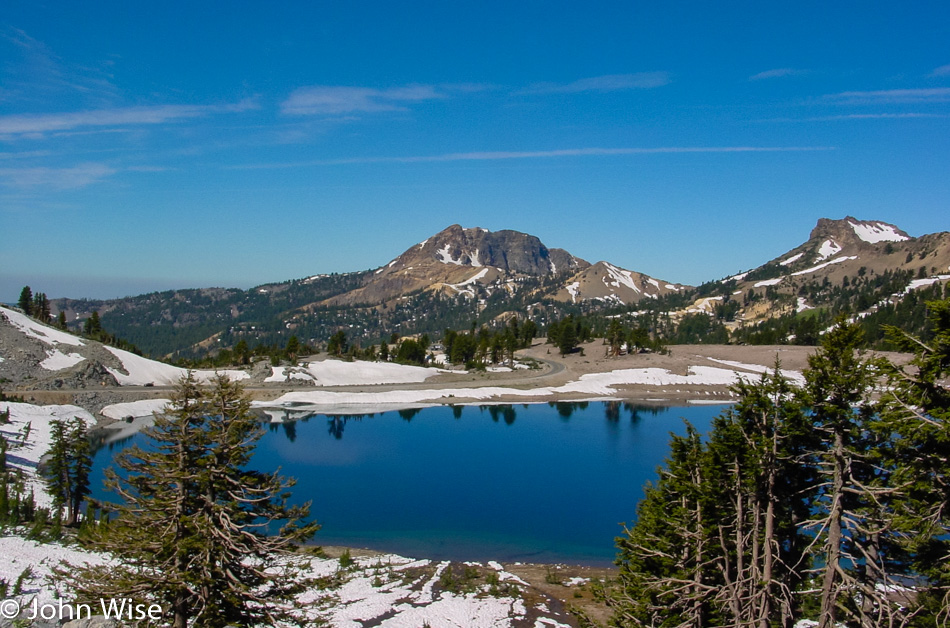
Lake Helen alone could be a great reason to visit Lassen. Fortunately, there are 1000 other compelling reasons to be here, too.
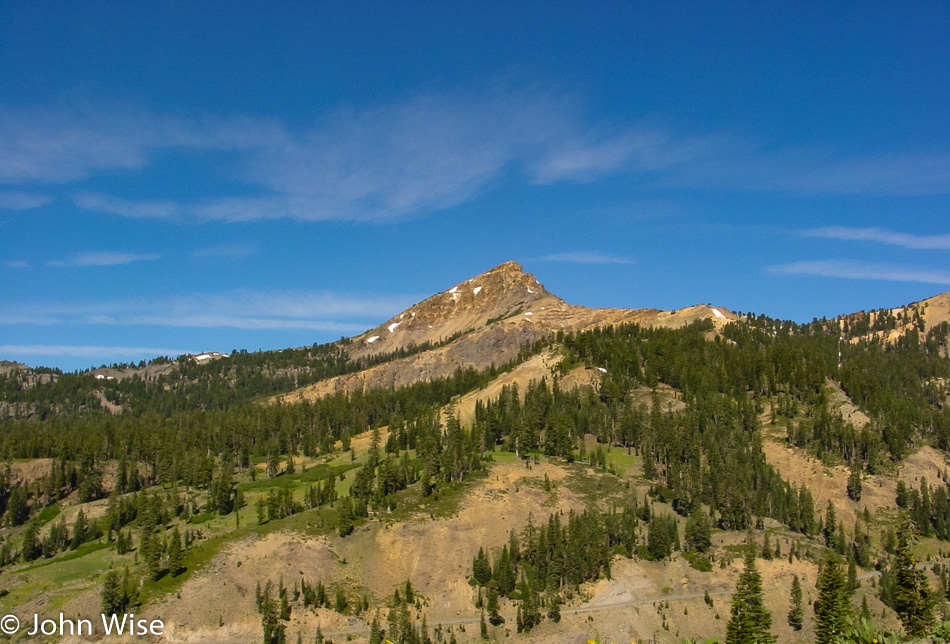
The terrain is varied and beautifully seductive. Our three-hour bullet tour can never do this park justice, but at least now we know that if we planned a couple of longer hikes here, the time spent would be well worth the effort.
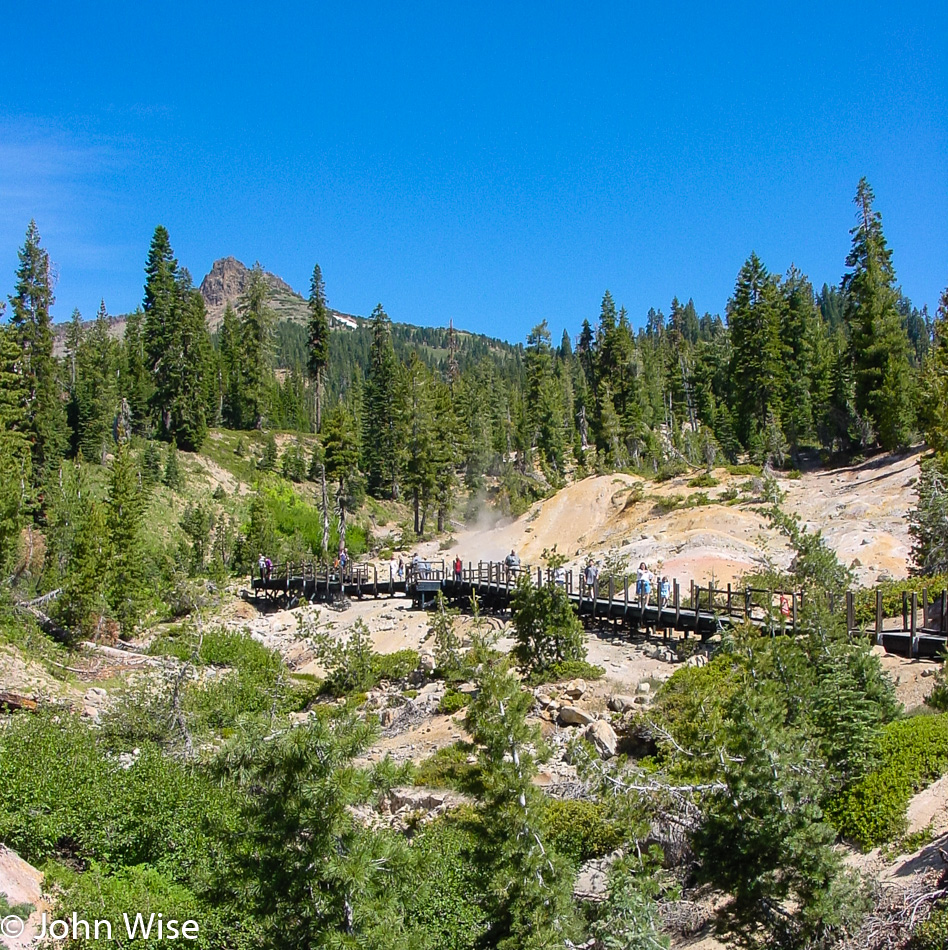
Visiting the Sulphur Works hydrothermal area is an immediate reminder to your nose that this is a geologically alive area. Volcanic activity has been a large part of Lassen’s past and could still be a part of its future.
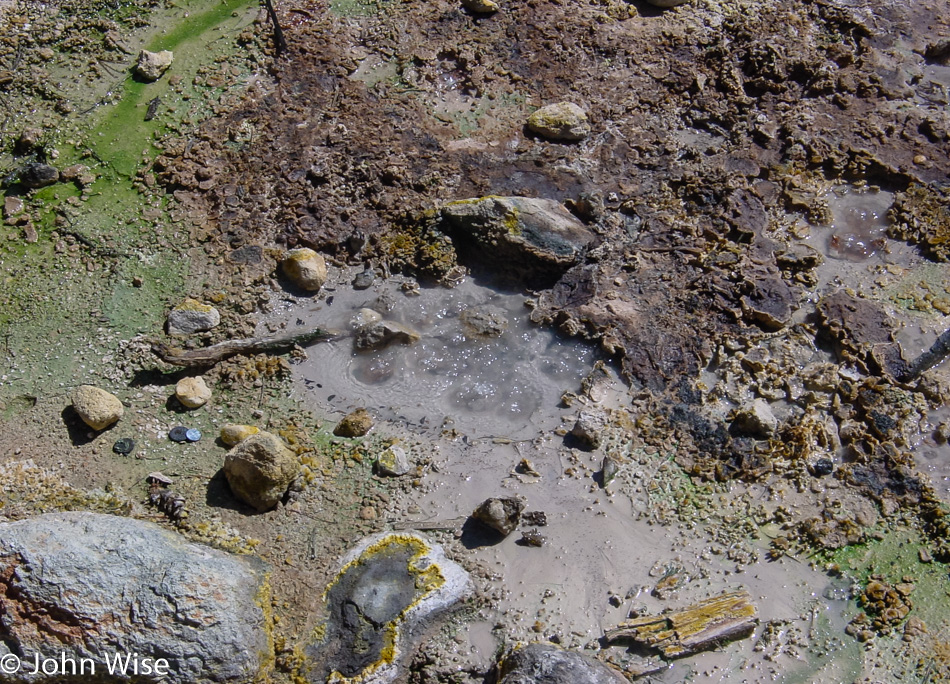
Gases and boiling water suggest something is cooking below. Mount Lassen’s lava dome is the largest on earth and is definitely still active, with its last eruption occurring back in March 1915.
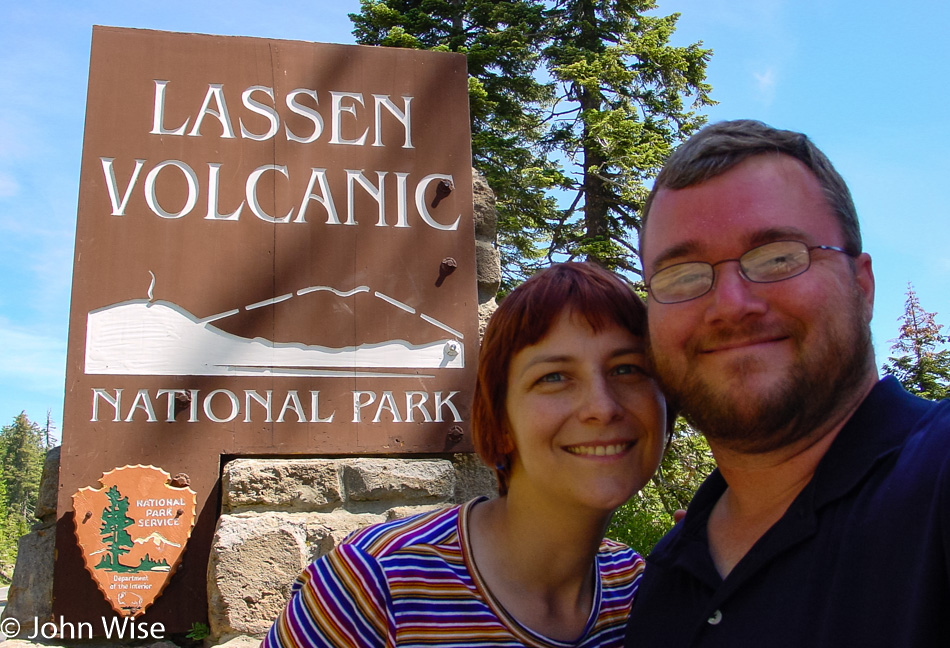
Here at the southern entrance is the sign we’d been looking for on our way into the park this morning, hence why it’s being shown as we exit the park.
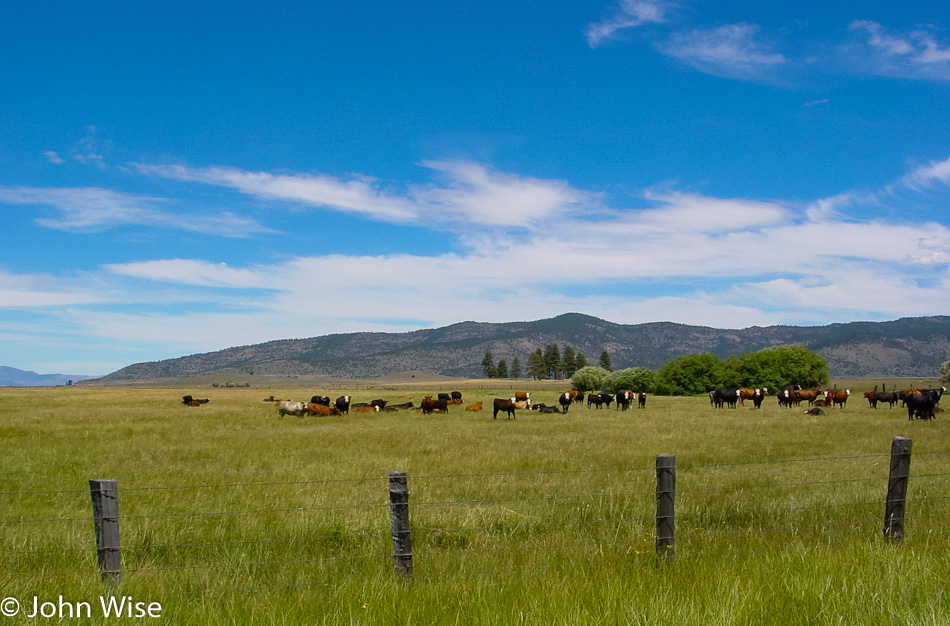
What a great day to be out driving in northeastern California.
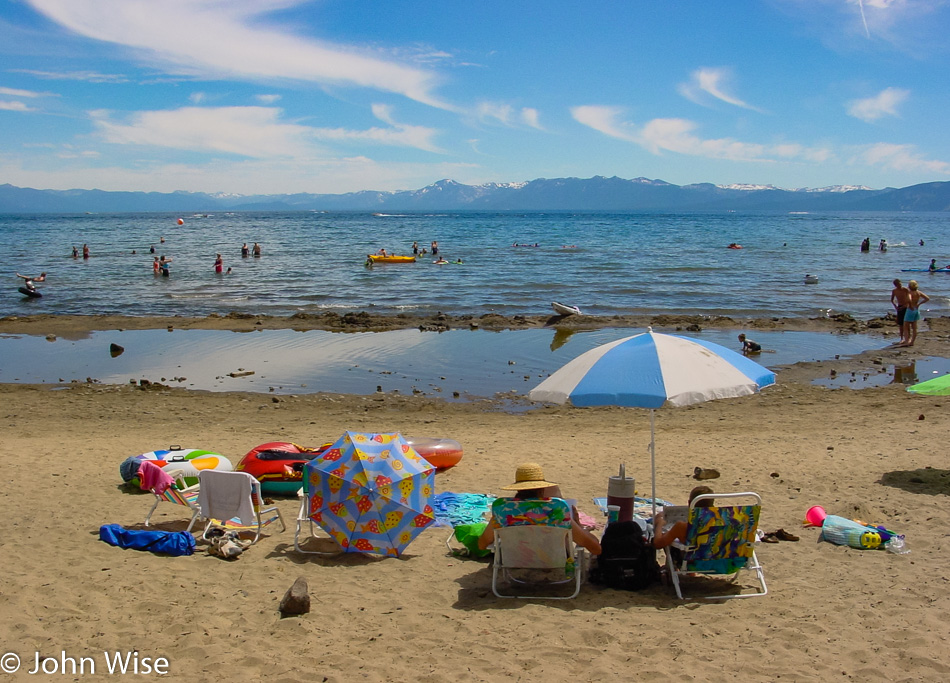
Lake Tahoe is a beautiful place, but with the bumper-to-bumper traffic in town, this is coming off the list for a return visit around any holiday weekend. I know, famous last words.
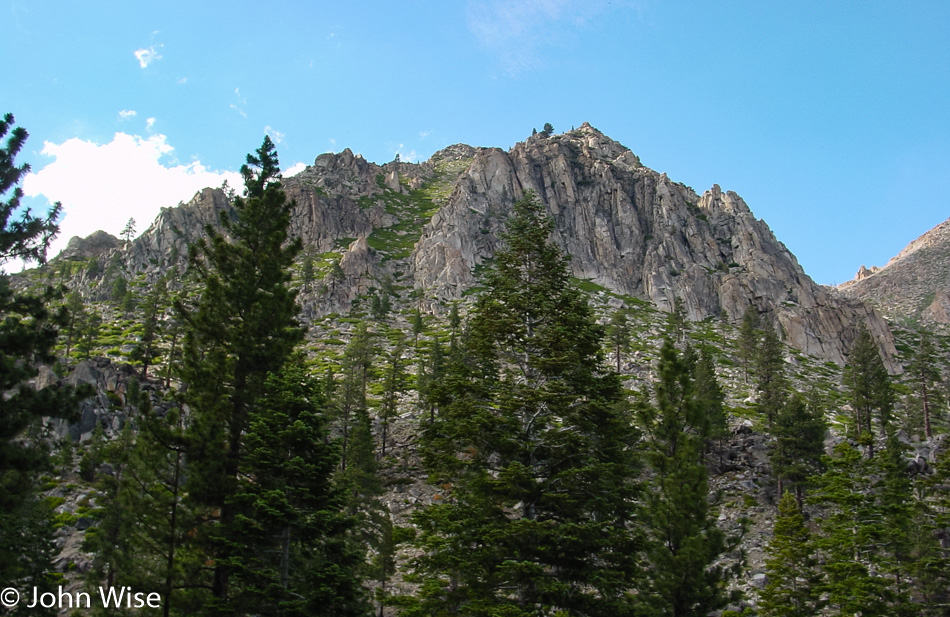
The mountains of the western United States are a treasure comparable to the extraordinary beauty found in the Alps of Europe. It’s kind of funny how when we are not among these marvels, they are “out of sight, out of mind,” but when we are here, I want to remain in their towering stature and bask in their glory, I’m guessing that’s how many visitors feel after visiting this vast land that reaches into the sky and our hearts. Again and again, I should return to these mountains and the memory of John Muir, who not only founded the Sierra Club but worked tirelessly to protect hundreds if not thousands of square miles that include Yosemite, the Sequoias, Redwoods, and uncountable locations in between.
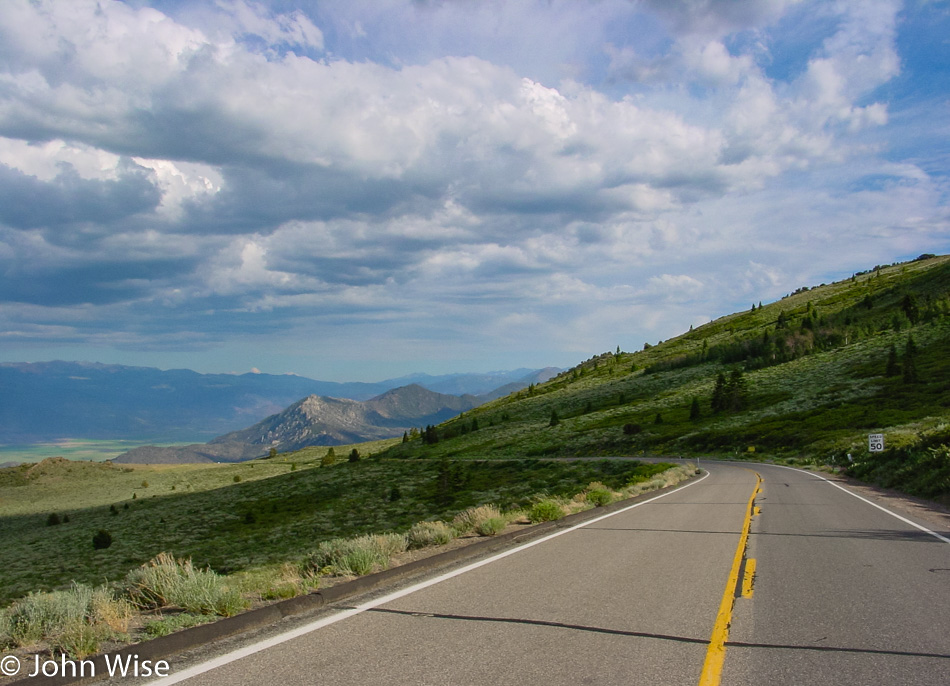
To those who drag heavy machines and asphalt out to the sides of mountains, taming the land so we might cruise along the edge of a place without needing to ride a horse and spend valuable time that is in short supply: I thank you all.

I should probably link higher resolution images to these panoramas as they are much better storytellers; when you can see the details that we saw that day and that are still present in the photos, maybe I’ll get to that task one day.

That’s Mono Lake in the distance, and we need to decide if we should drive down there or not.

Nobody needed to twist our rubber arms as the car seemed to have a mind of its own and pulled us in closer until we were right next to the shore. Who would have ever dreamed that we would visit two endorheic places in one long weekend? Endorheic basins or lakes (such as Crater Lake) have no outlet, and while Crater Lake is always being replenished by a lot of rainfall and up to 44 feet of snow per year, Mono Lake is a saline body of water similar to the Great Salt Lake in Utah and the Salton Sea in Southern California.
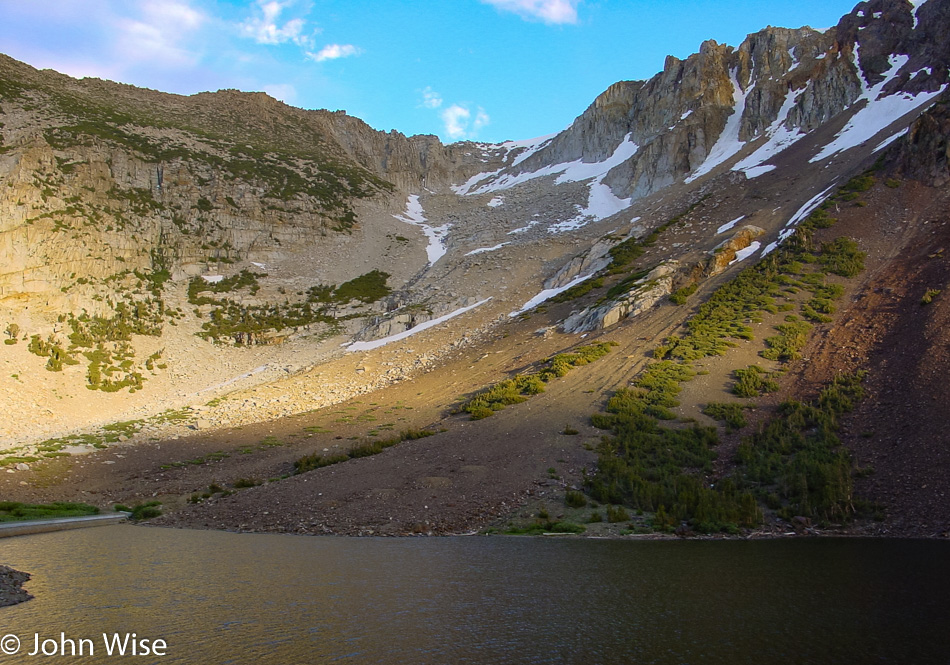
Once again, we are on the move, hunting for a perfect sunset.
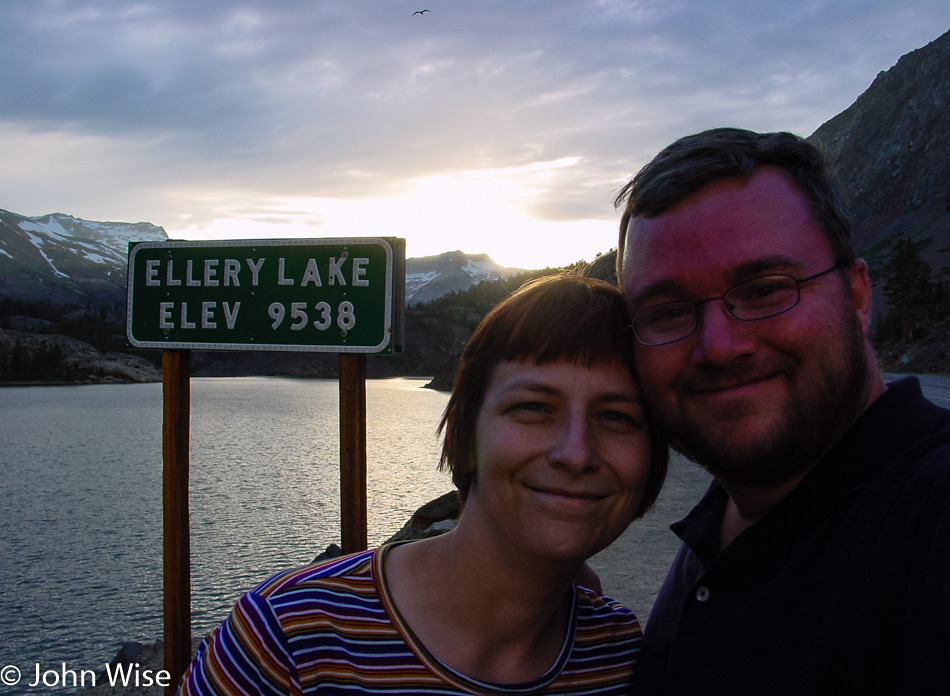
Well, this seems like a great place for a sunset, but what about further up the road? And what road might this be? We are in Yosemite National Park, having come in via the east entrance.
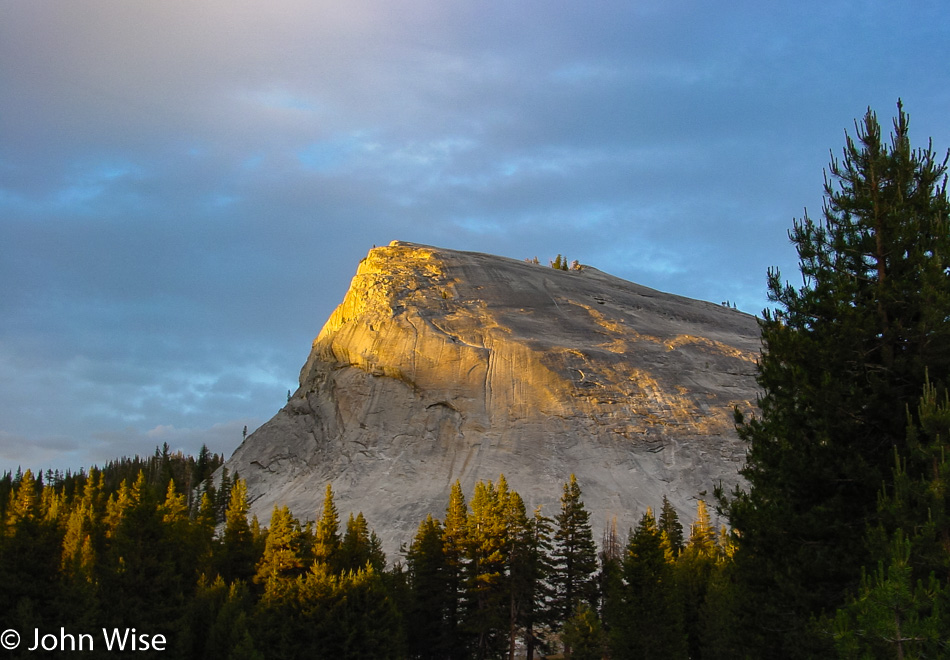
Lembert Dome in Tuolumne Meadows is almost the perfect place for sunset.
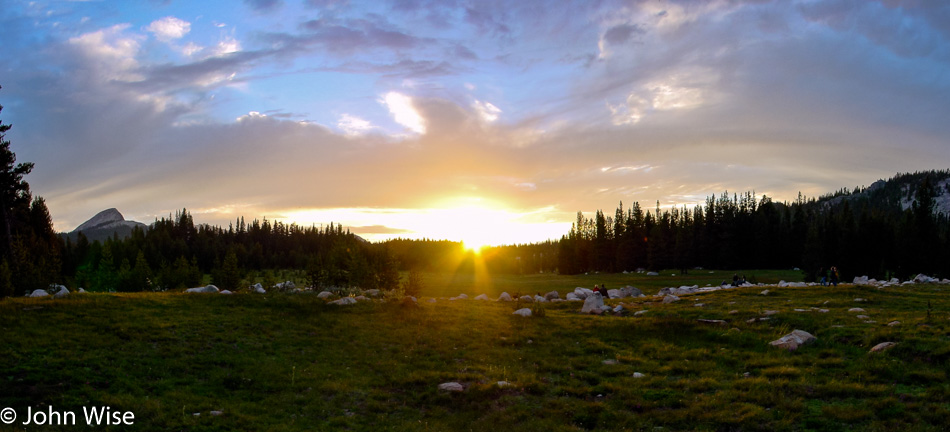
And then we find THE perfect place with the perfect light on a perfect day right smack dab here where we are in the meadow.
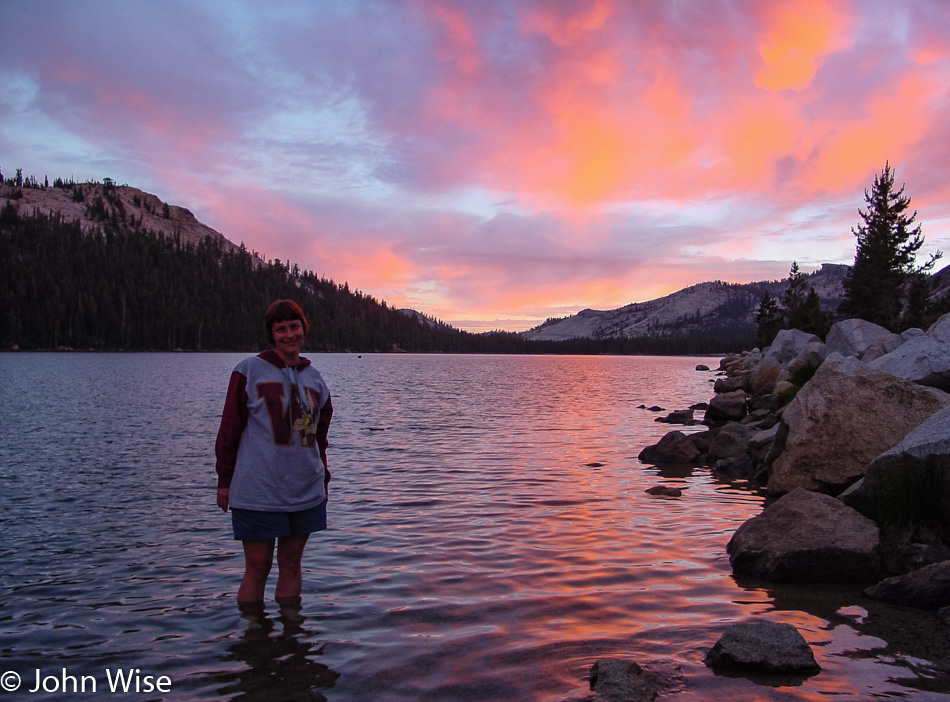
Tenaya Lake is where we’ll snap the last photos of the day before heading back down the eastern side of Yosemite. This is an alpine lake with a surface elevation of 8,150 feet (2,484 meters), which is probably the highest body of water Caroline has ever stood in. If you are wondering about the temperature of the water, she let me know it was cold, really cold.
